|
Our brothers’ careers have been productive, constructive, spirited, and prosaic. They displayed impressive skills, talents, and abilities They were, and we continue to be, a beautiful and lively expression of our enduring fraternal beliefs, and that underlying harmony is far-reaching in expectation for all brothers’, undergraduate and graduate. It is the core of what our fraternal founders asserted in 1848, 1874, and 1899: to live active, commendable, and responsible lives, and to build up community. Clearly and compellingly, they added, and continue to add, positive value at the local, state, national, global, and fraternal level. In many instances, they were committed leaders and leading voices in their career fields. They prove that success of any kind does not occur by luck or accident, and we remember them because they continue to provide that message for our time. Put simply, our Phi Gamma Delta fraternal culture has a commitment to excellence through life, and Omega Mu has produced many outstanding men who have done just that in many fields, and were good citizens in their various communities, and in the world at large. It is a well-established fact that everyone appreciates beautiful architecture, and architectural taste has many broad expressions, but it is the character of the whole that always matters the most in designing beautiful, functional buildings, down to the smallest detail. Beautiful, functional architecture can be quite transformative, inspirational even, in creating a positive civic-mindedness, a social cohesion, and a communal pride and care in where one lives. The communal and artistic implications that go into the design process to create the synergy of social cohesion and pride is essential for the benefit of any town or city, college campus, and fraternities. In short, the communal good, and what Frank Gehry did for the city of Bilbao comes to mind with his imaginative, stylistic Guggenheim Museum Bilbao. However, like any art form, architects have widely divergent architectural ideas as to what is beautiful. Some architecture, functionally and aesthetically, is imaginative and thought-provoking, some lack aesthetic feeling, some down-right puzzling, even confusing, and some are flat-out architectural eyesores. And, like any other form of art, everyone responds differently to the broad range of architectural styles from Rem Koolhaas, Frank Lloyd Wright, Eero Saarinen, Renzo Piano, Louis Kahn, Zaha Hadid, Alvar Aalto, Santiago Calatrava, Norman Foster, Kenzo Tange, Richard Neutra, Frank Gehry, and so many others. In our fraternal context, we can all agree that the Castle is architecturally warm, beautiful, and inviting. Quite simply, in architectural conception, inside and outside, there is architectural fluidity, balance, and dignity, making it the most beautiful building at the University of Maine. It has a character all its own, and it is our architectural gem and treasure, our fraternal home, and we are all grateful for it. This sentiment of gratitude for our fraternal home and friends only grows, and it is fraternally satisfying, generation-to-generation, to walk through the front door each time we return to the Castle, our home. The Castle and our fraternal brothers bind us together, still. Three of our distinguished fraternal brothers found meaning and fulfillment in the field of architecture: Frank E. Kidder, Raymond J. Mayo, and John Rohman. Each of them were committed to architectural excellence in designing distinct, charming, thoughtful public buildings, schools, homes, churches, and chapels. There is an essential quality of good taste, functional and aesthetic, in what each of them have done in the field of architecture. Their technical architectural discipline was outstanding and, not surprisingly, each of them had splendid achievements in their respective careers. And so, we fraternally appreciate, honor, and celebrate their architectural accomplishments from the University of Maine, Bangor, Portland, Boston, and Denver, to name just a few place. Each of them are esteemed in our fraternal history, and we are pleased that they are our fraternal brothers. Each of them exhibited our determinant fraternal character of persistence and determination, and their historic significance can never be overstated. We have long been, from one generation to the next, proud to be Omega Mu Fijis. For this reason, we continue to cherish our fraternal friendships, our shared memories, and our evolving, forward-focused history at the University of Maine. These things, above and beyond everything else, are the underlying rooted connections that make us proud to be Omega Mu Fijis. Why, after all, should we believe otherwise? We have always been a scrappy fraternal brotherhood, individually and collectively, since 1874, and we will continue to be that way ‘- here, now, always’ (T.S.Eliot). You cannot shake our historically proud fraternal confidence, and it is with our enduring fraternal self-confidence and collective integrity, which is almost instinctive, we will reach our 125th anniversary in 2024. It will be a great celebration, and not one to be missed because our brotherhood has a rich, distinguished fraternal heritage at the University of Maine. Though many fraternal brotherhoods have long-vanished at Maine, our connection to our land, our fraternal home, and each other, of any age, endures. That is special, and time, commitment and a great deal of work has made it so. With that in mind, we owe a great deal to all of our fraternal brothers who came before us. Proud Q.T.V. and Fiji brothers. With all honesty and truth, fraternal life is not an old-fashioned, outdated notion! In sum, at its best, it is meaningful, sometimes extraordinary, and that is good enough, and it has validity through life. The linked chain of our brotherhood, decade-through-decade, is special, and we are proud. Perge. Omega Mu Portrait Frank E. Kidder, 1879 Maine State College Years "As a boy he was always interested in building operations, and at the age of fifteen he determined to become an architect." Surveying class Frank E. Kidder, third from the right. First Q.T.V. Chapter Hall, 1876 It is safe to assume that Frank E. Kidder is one of the Q.T.V. brothers sitting on front of the house. Frank E. Kidder helped build our first fraternal home. Frank E. Kidder, Architect "An architect who was concerned with good, solid and intelligent architecture, and his temperament was at odds with the brash and markedly eclectic architecture in the late 1880's and 1890's." (Architectural Historian Richard Brettell's characterization of Frank E. Kidder) Kidder Architecture At The University of Maine Coburn Hall The first library at the University of Maine was in Coburn Hall. Two fraternal brothers are in this picture:Allen E. Rogers and George H. Hamlin. Professor Hamlin, our fraternal brother, helped oversee the construction of Coburn Hall Experiment Station - Holmes Hall Wingate Hall L-R: President's House, Fernald Hall, Wingate Hall, building with a tower; farm house and farm buildings. The First Phi Gamma Delta House Professor Walter Flint, our fraternal brother, built our first Phi Gamma Delta House Professor Perley F. Walker, our fraternal brother, oversaw the construction of our first Phi Gamma Delta House A view of the dining room, living room, and the music room with a piano in the first Phi Gamma Delta House designed by Frank E. Kidder, our fraternal brother. A view of the living room and dining room in the first Phi Gamma Delta House designed by Frank E. Kidder, our fraternal brother. Living Room Dining Room Brothers inside the first Phi Gamma Delta House Alpheus C. Lyon, left and right, in his room in the first Phi Gamma Delta House Kidder Architecture Bangor, Maine A Queen Anne style home on Union Street that Frank E. Kidder designed and built for his father, Bradley Kidder, 1887 Kidder Architeture Boston Kidder Architecture, Colorado Stanley House, Northern Colorado Colonial Revival Style Boulder, Colorado Grace Commons Church, formerly First Presbyterian Church Chautauqua Auditorium in Boulder, Colorado, above and below. Denver Christ Methodist Episcopal Church Picture of the Christ Methodist Episcopal Church after the spire was removed, above and below. Chamberlin Mansion Frank E. Kidder's Home Denver Frank Lloyd Wright Author Dean Hart, our fraternal brother Kidder Scholarship “What if the space be long and wide, That parts us from our brother’s side A soul-joined chain unites our band, And memory links us hand in hand.” (Phi Gamma Delta fraternity song) Fraternally,
Chip Chapman, ’82 Perge
0 Comments
Leave a Reply. |
Archives
December 2024
Categories |
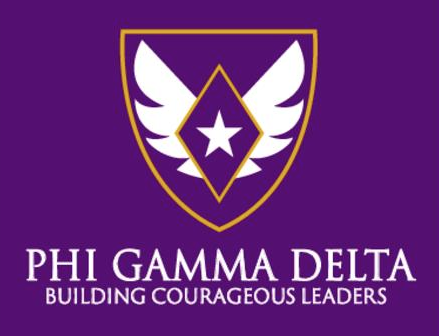
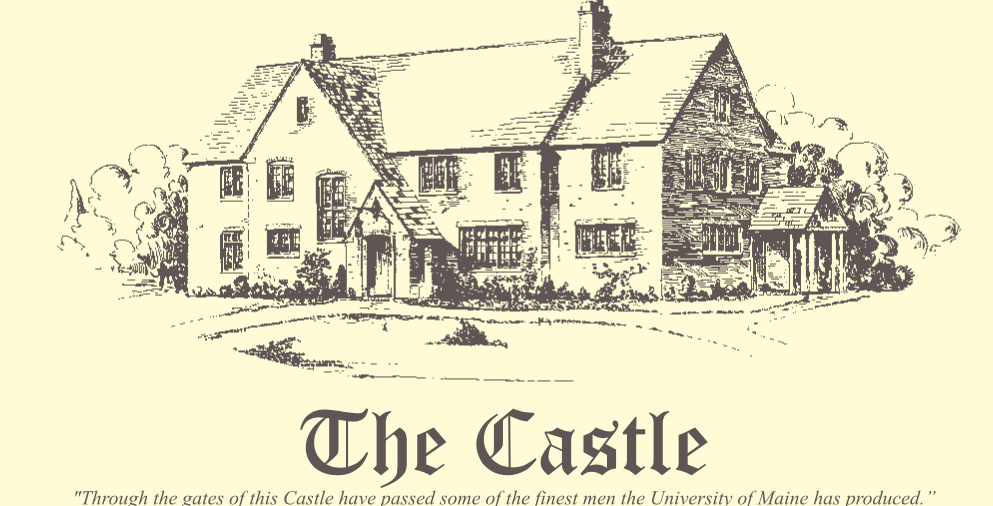
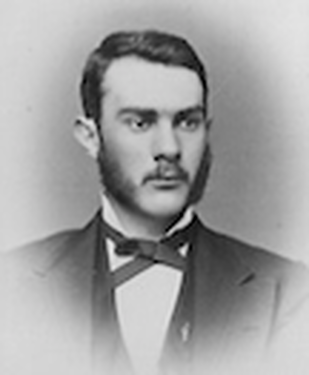
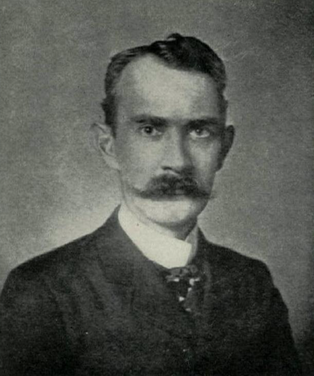




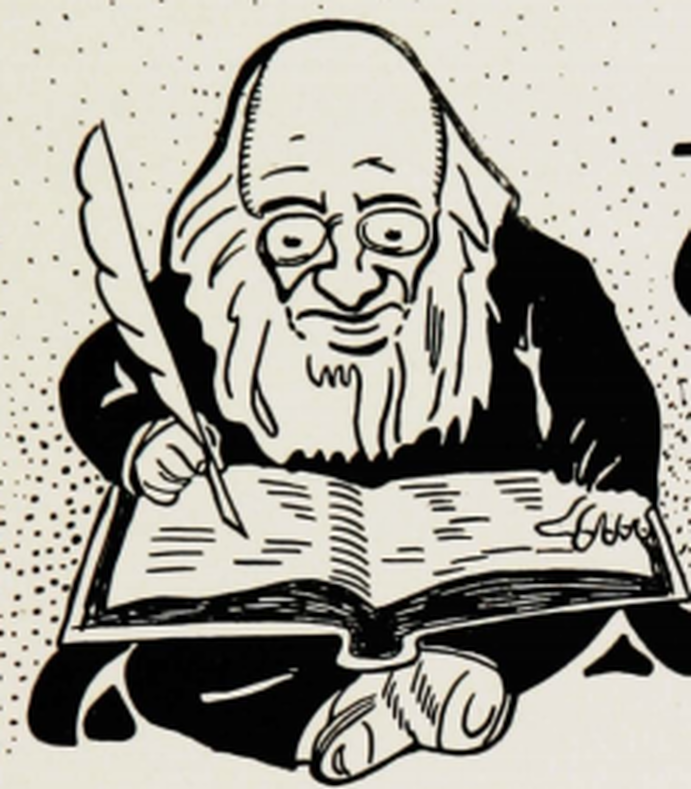

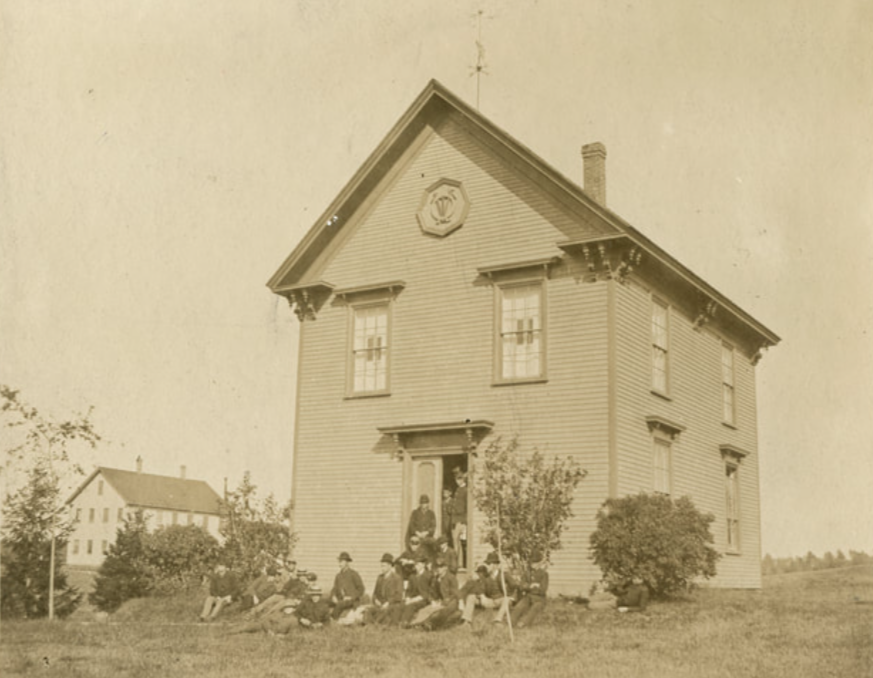
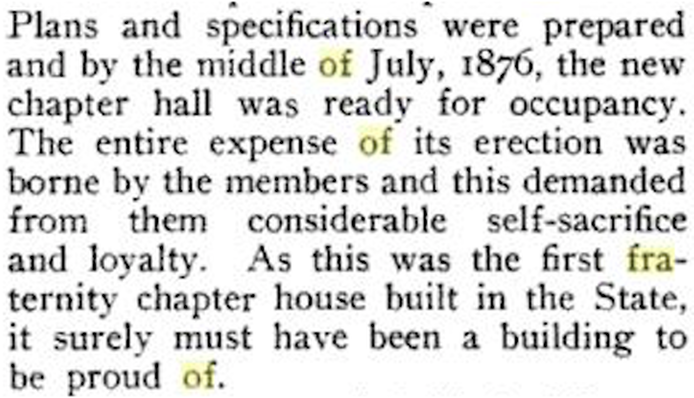

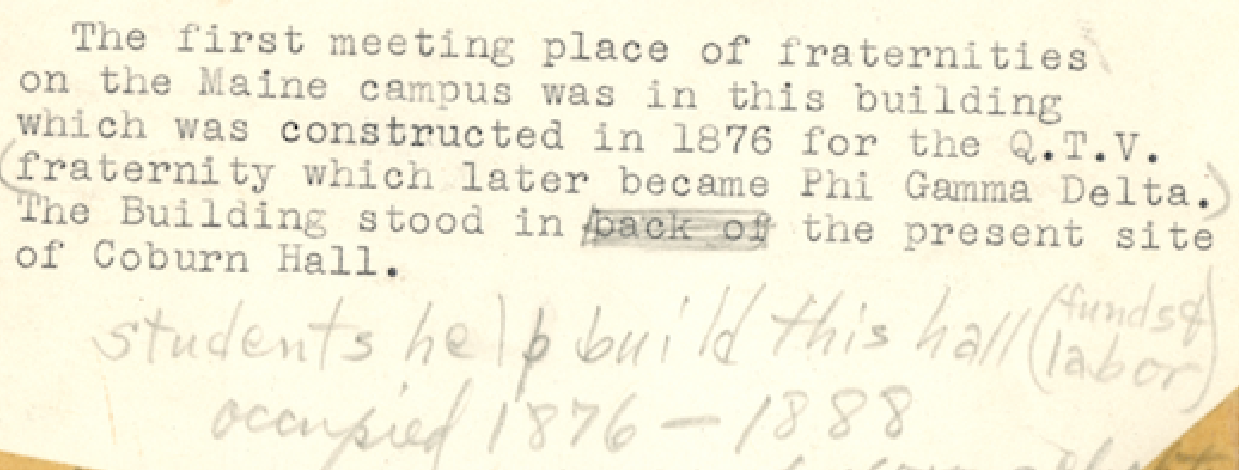

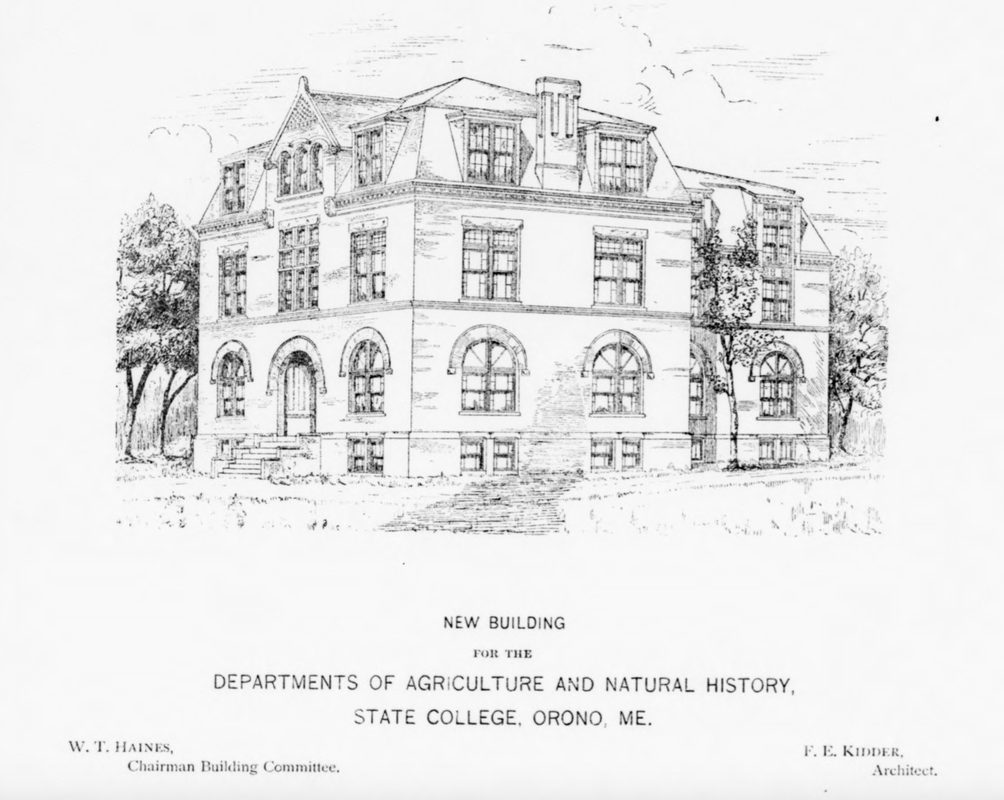
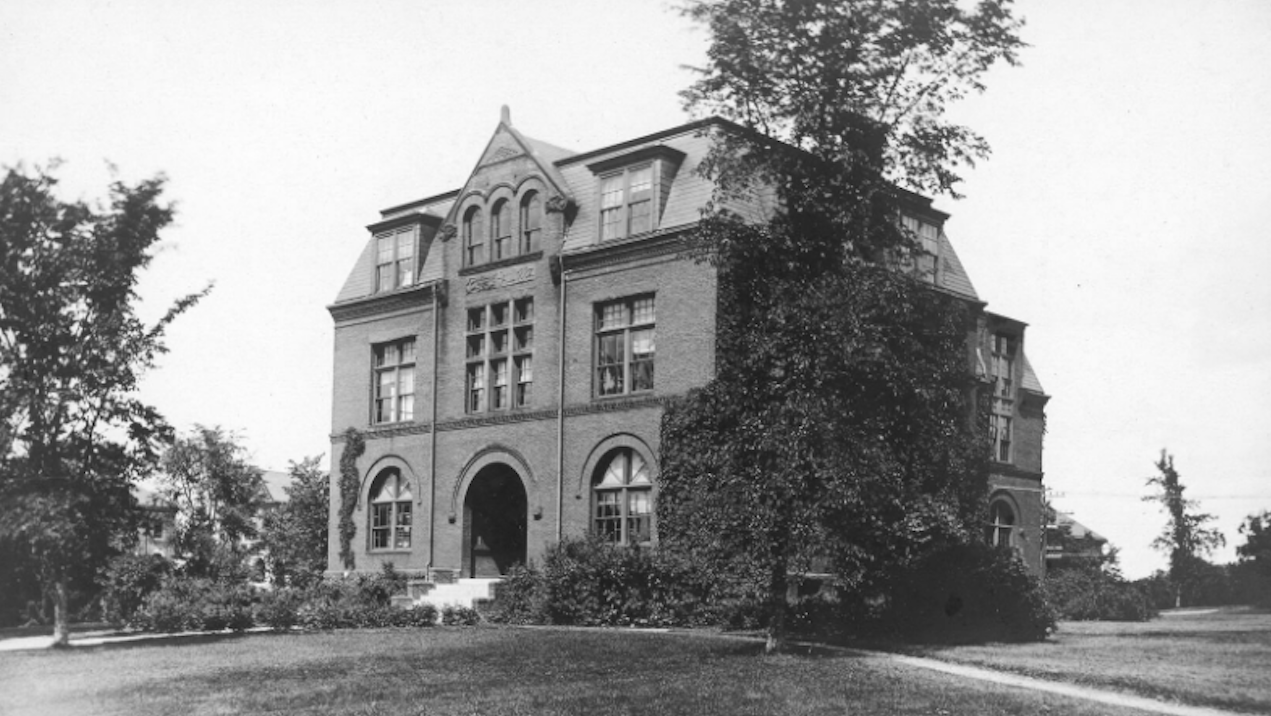
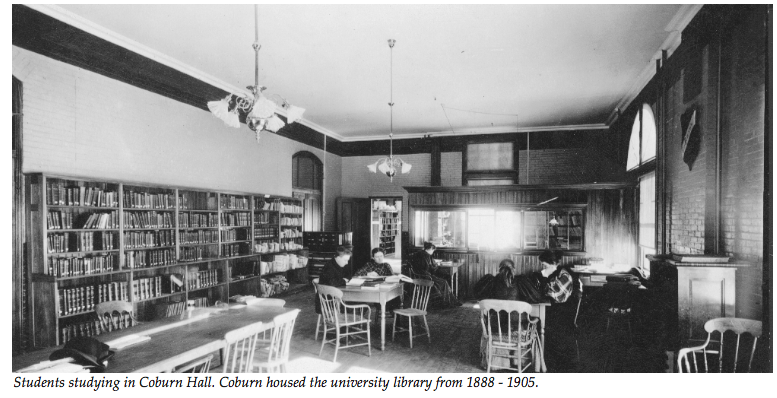
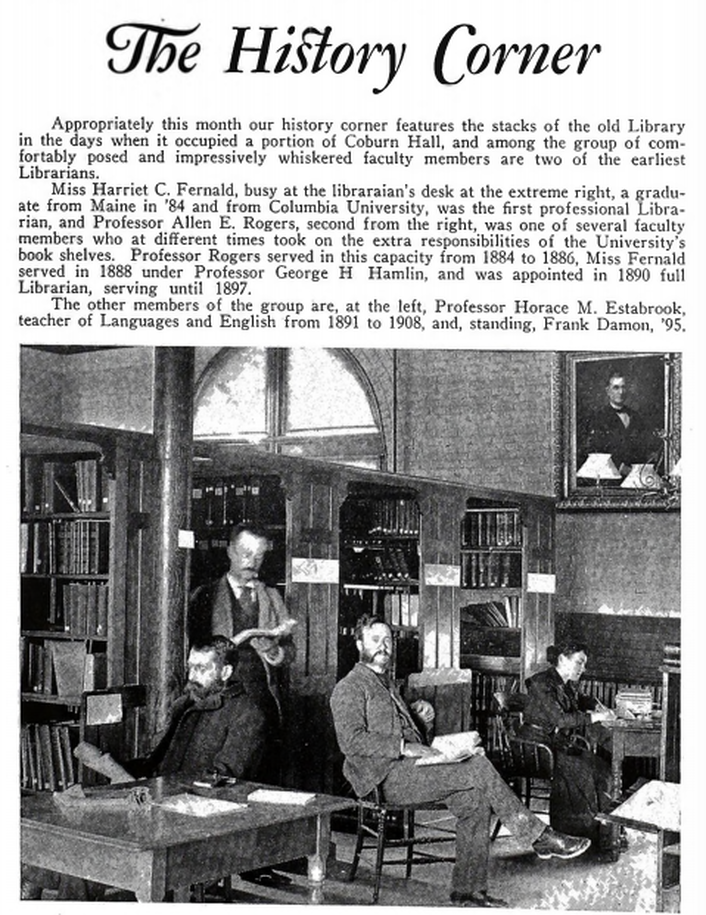
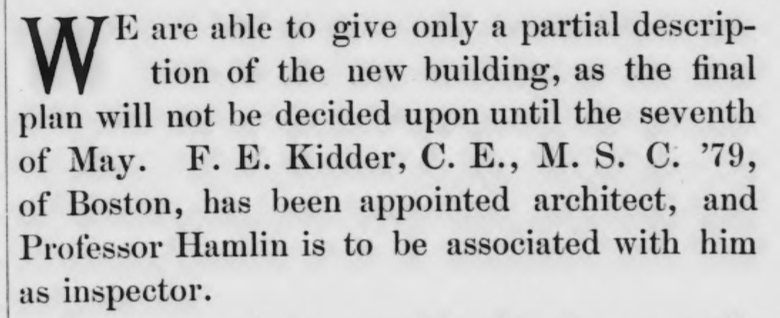
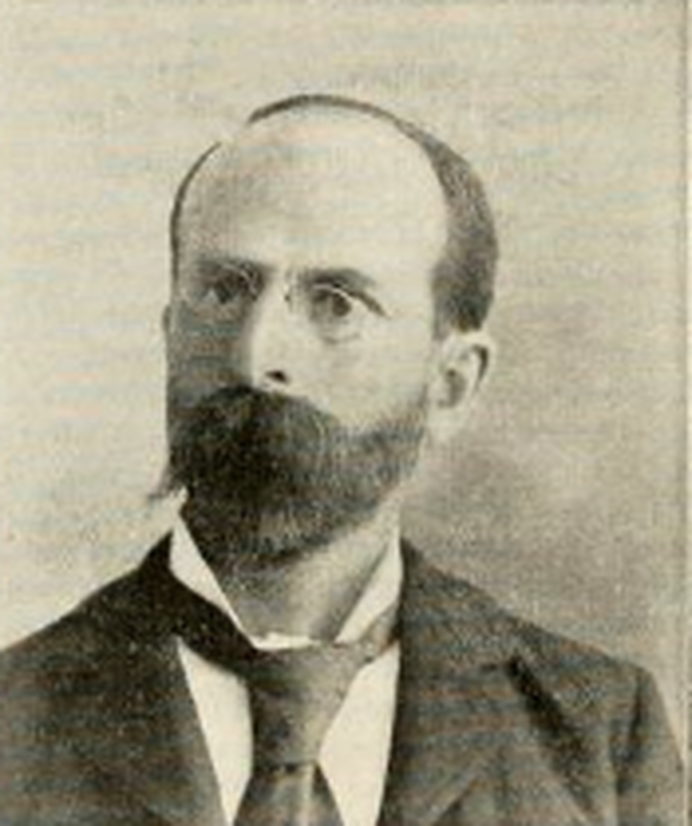
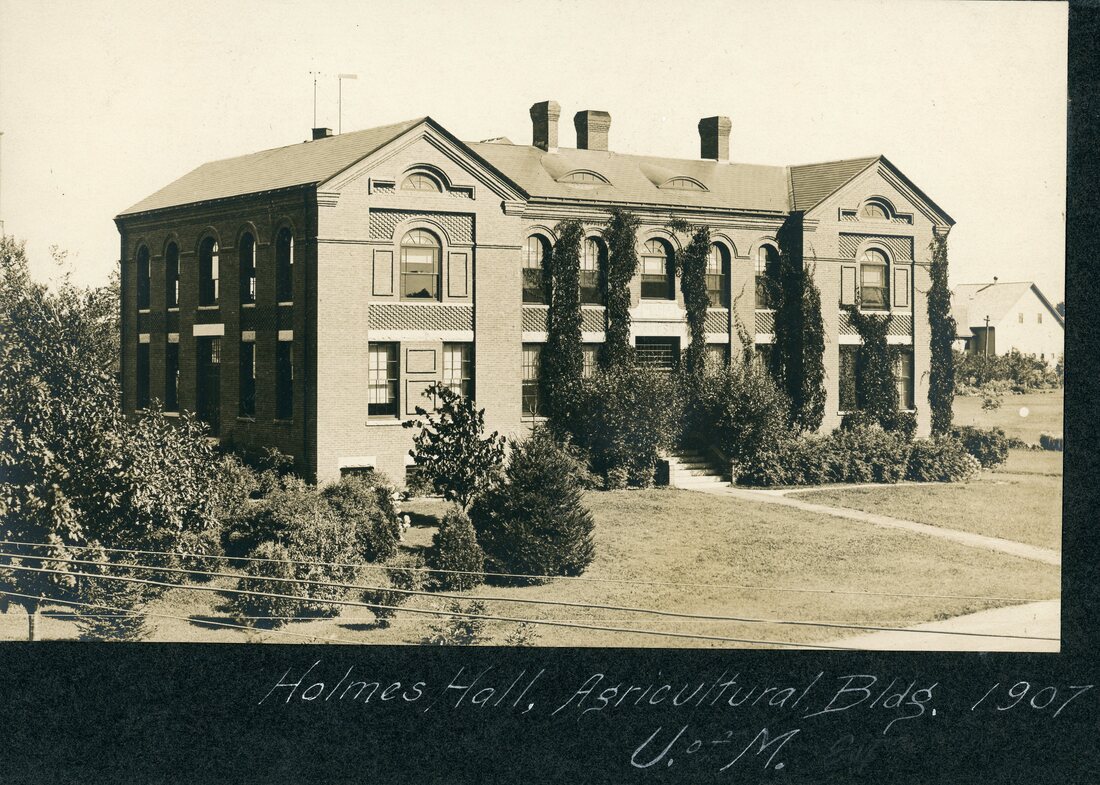

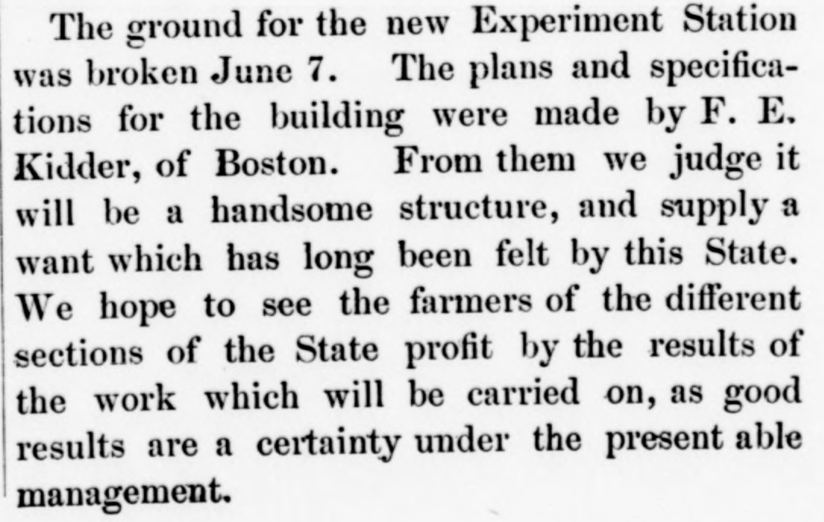
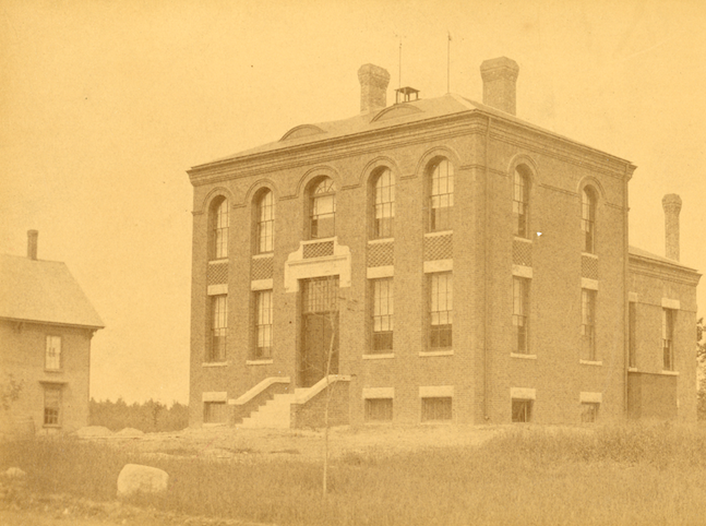
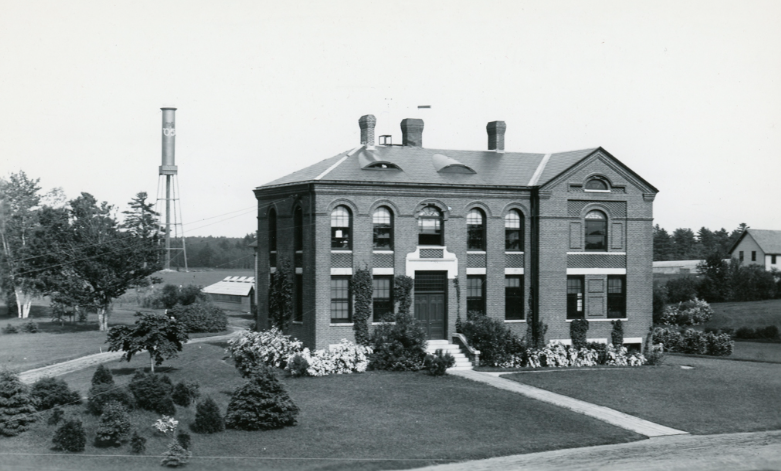
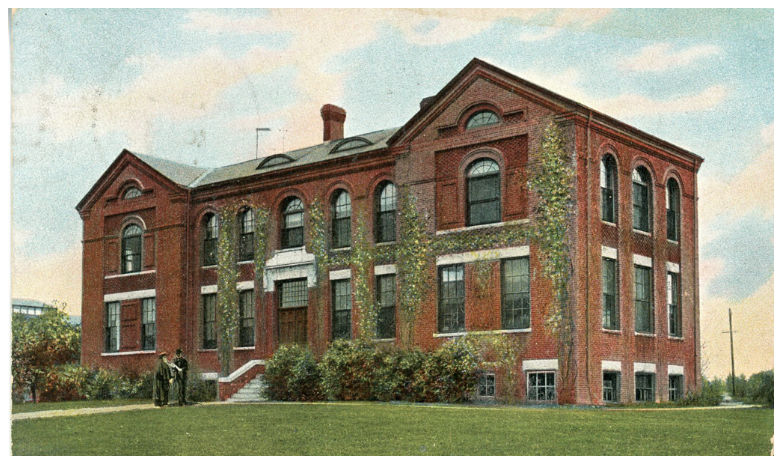
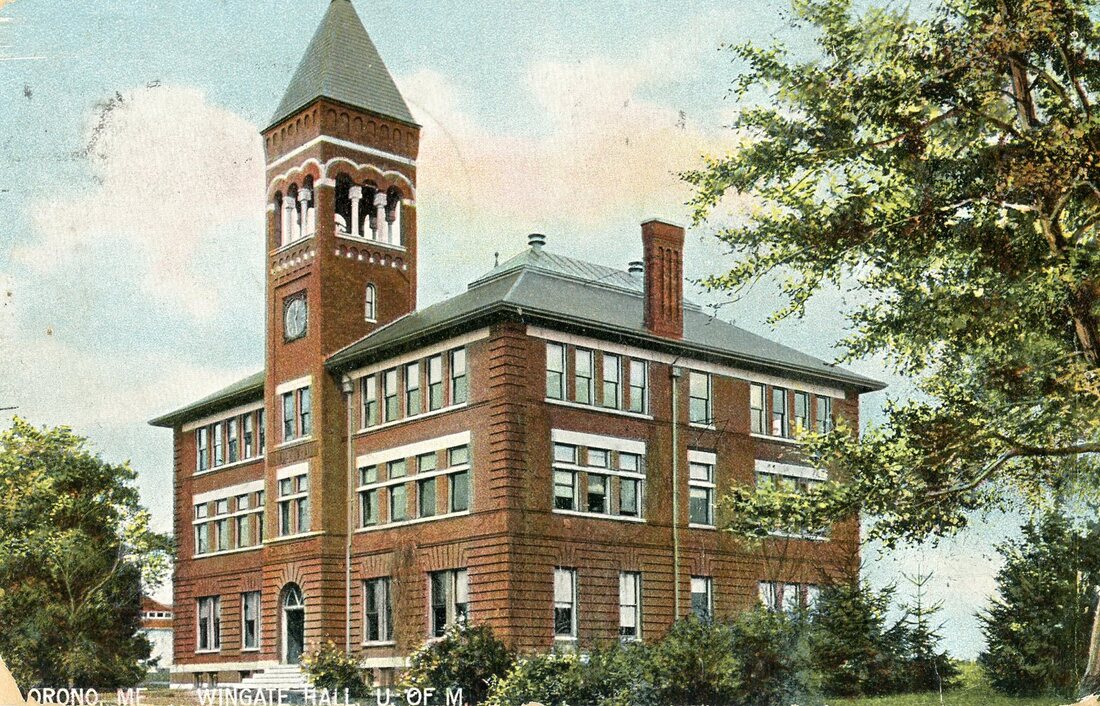

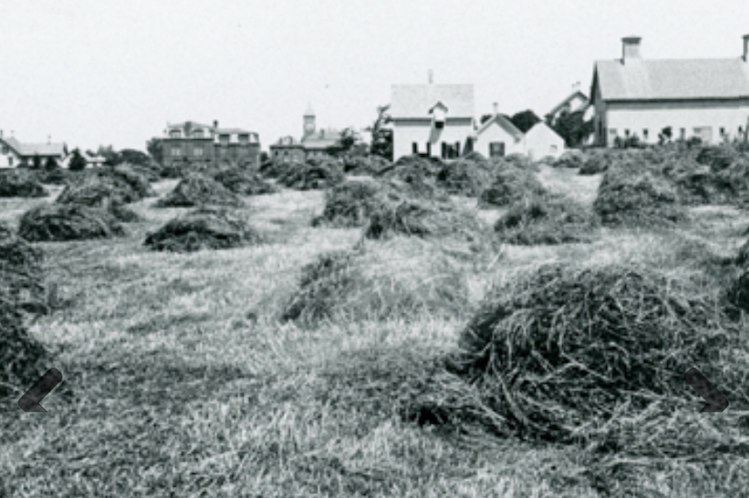
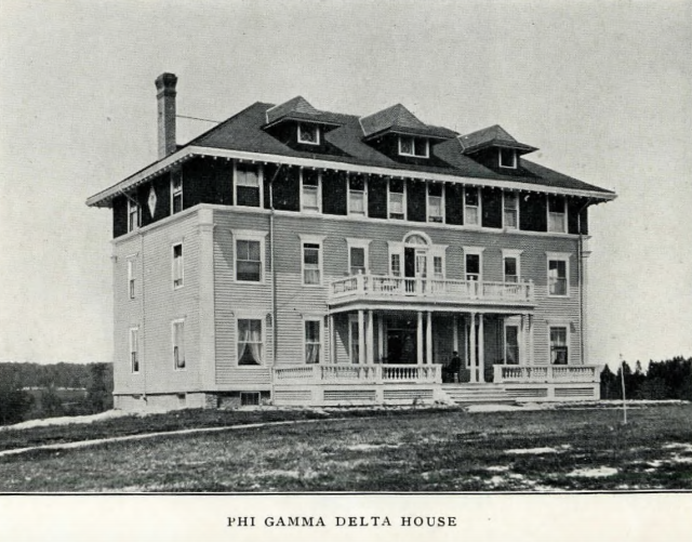
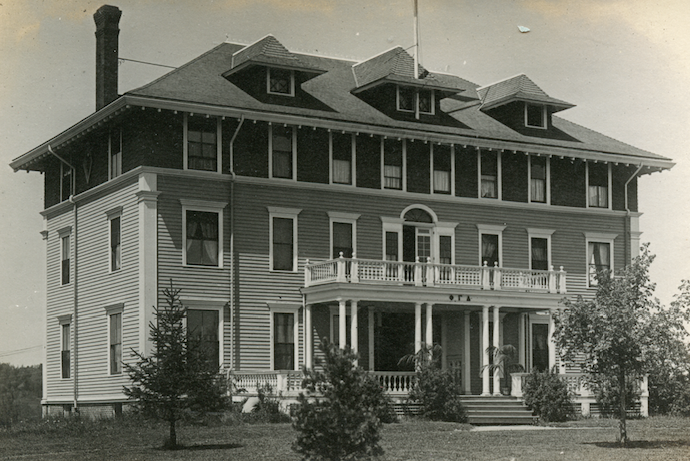
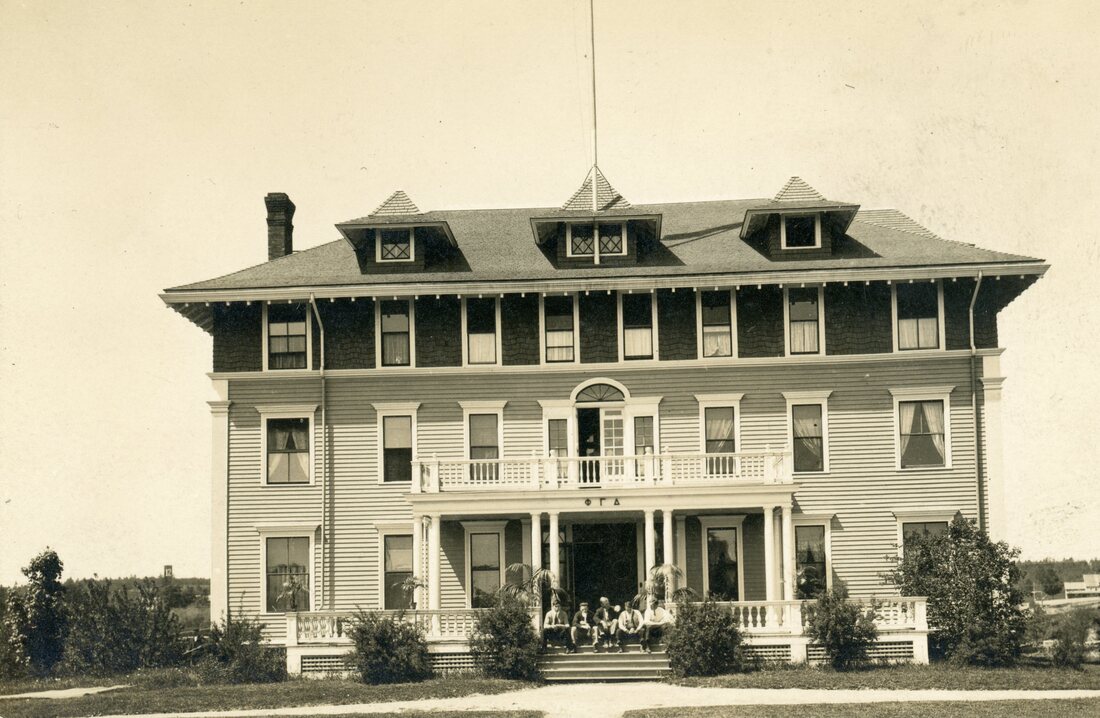
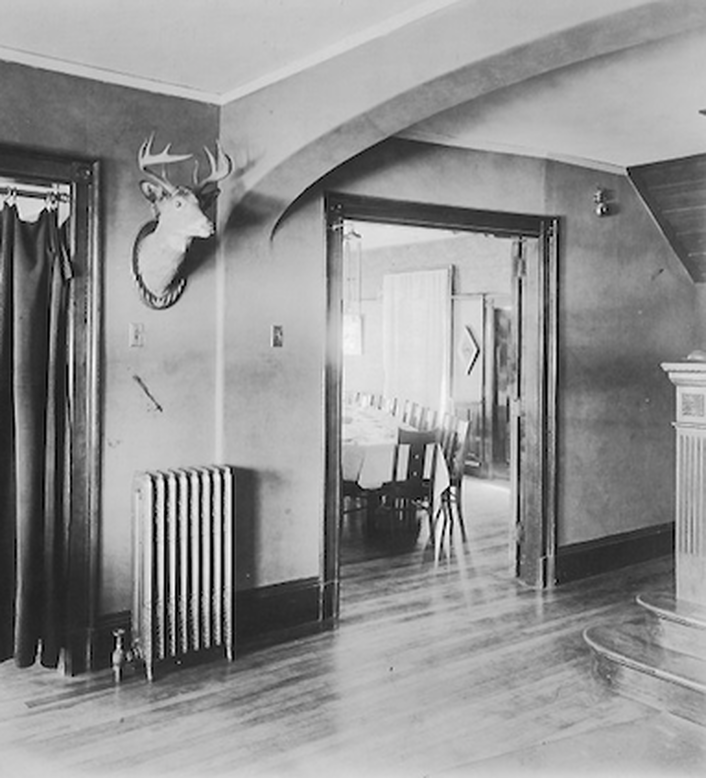
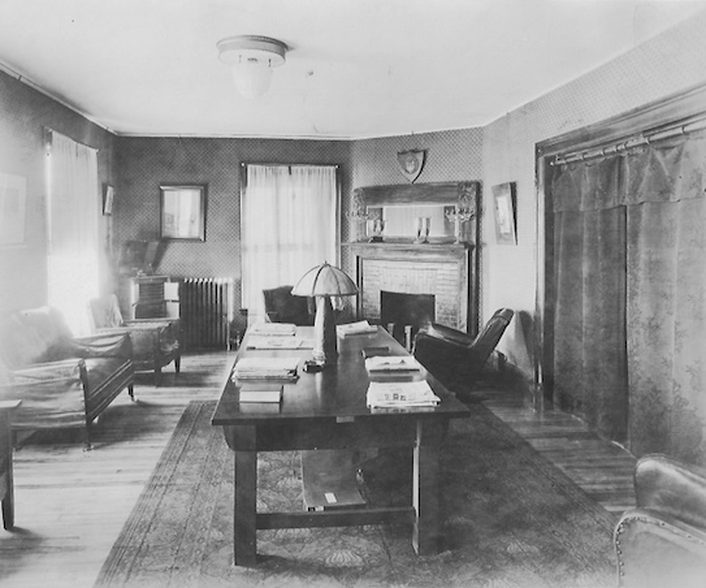
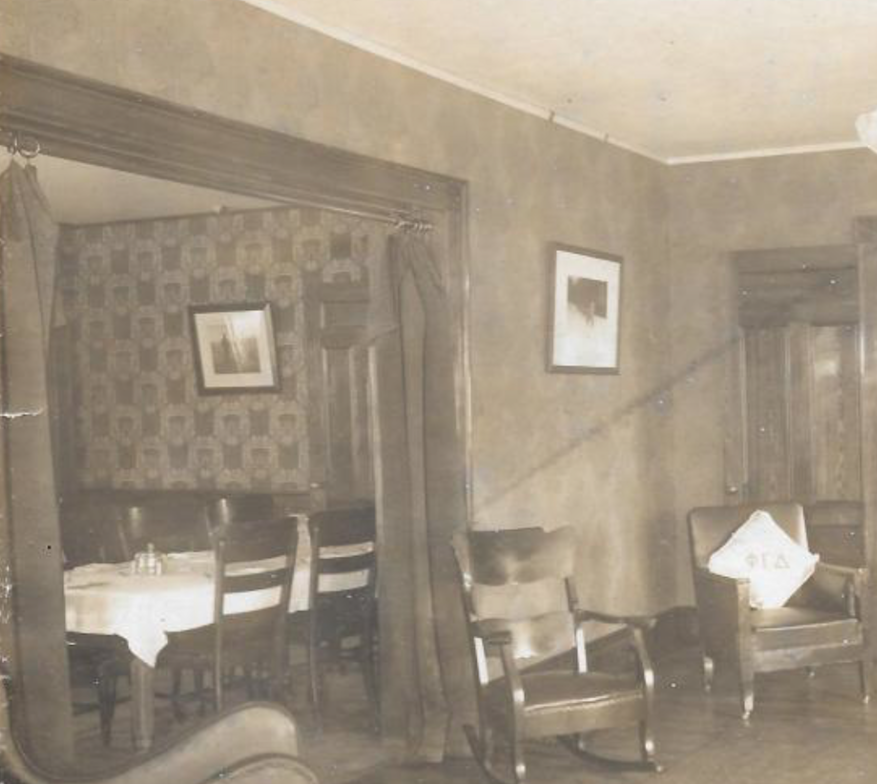
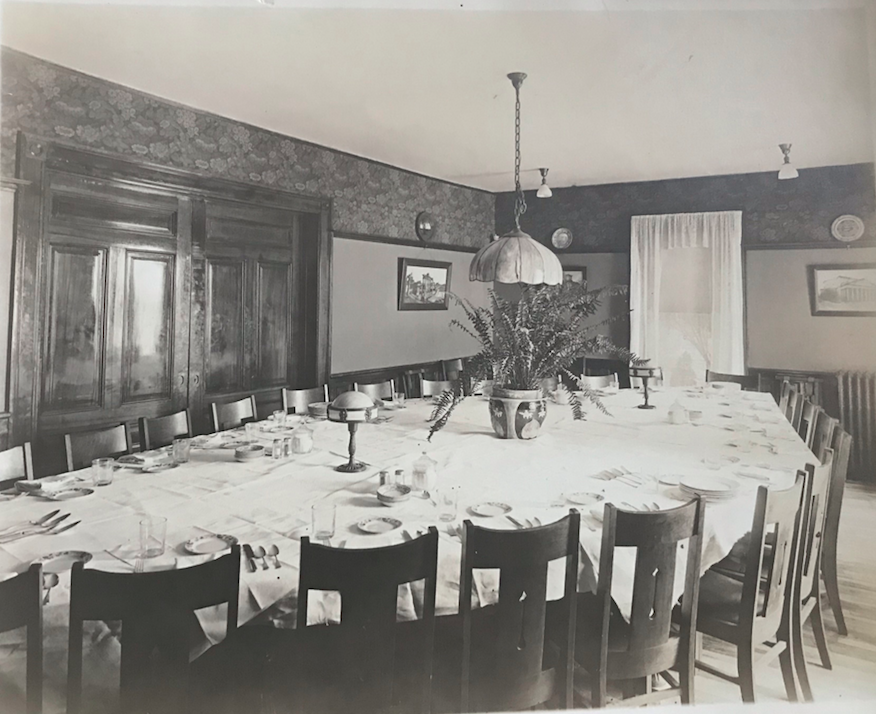
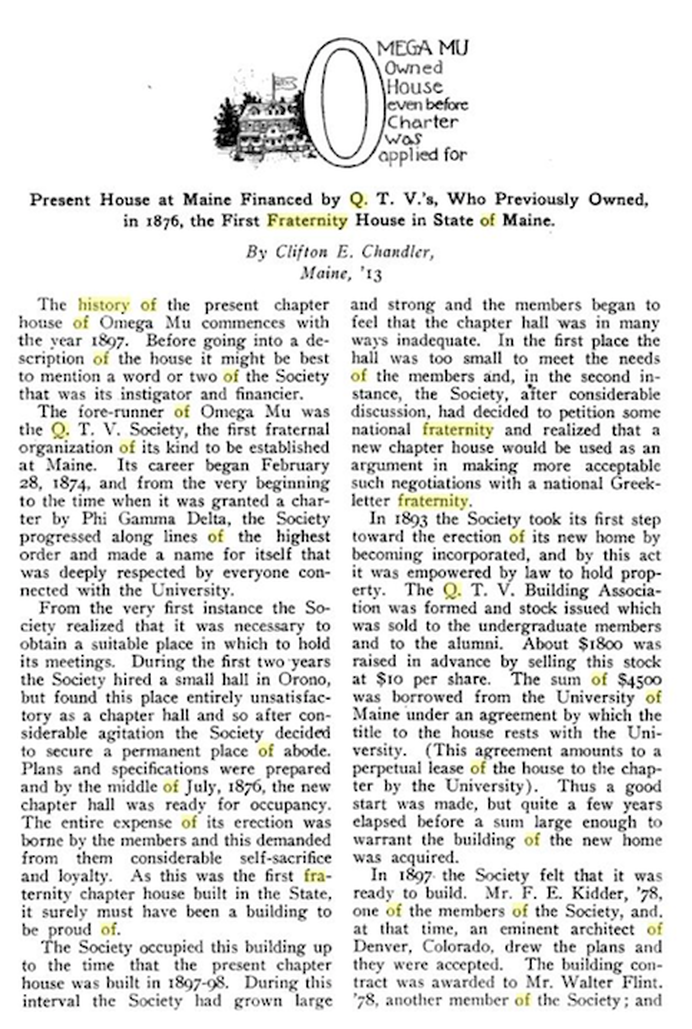
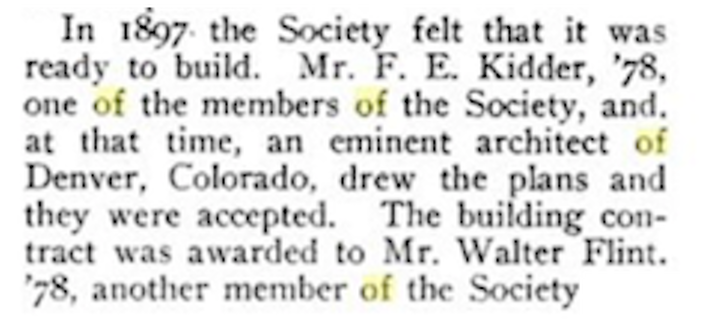
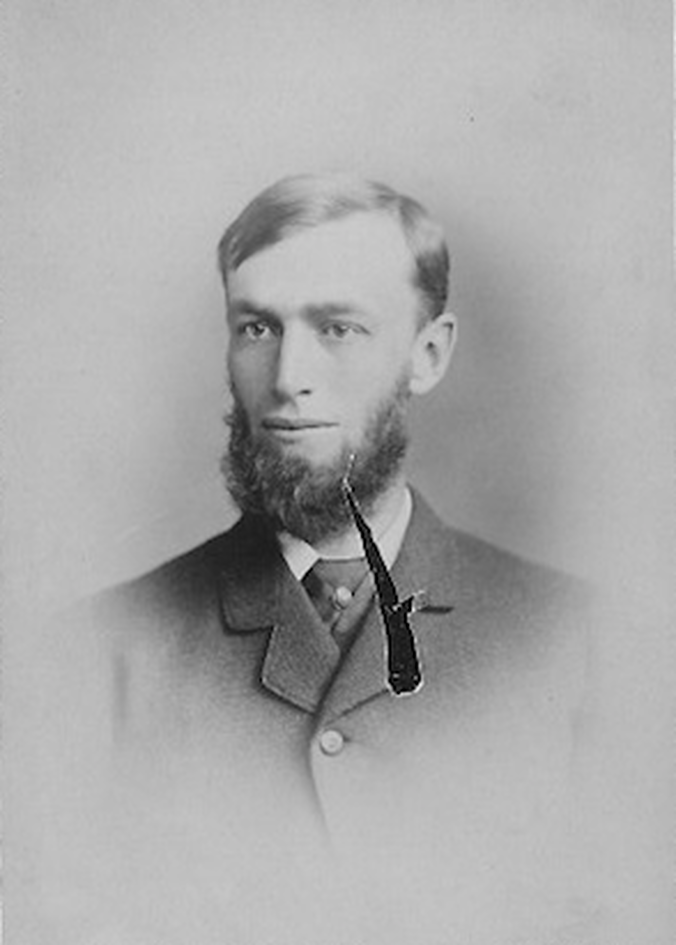
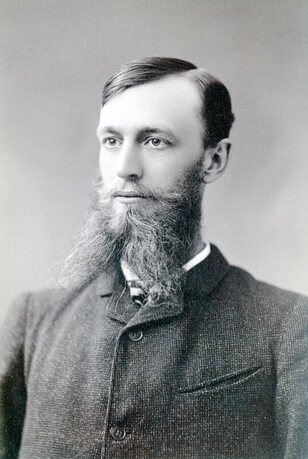

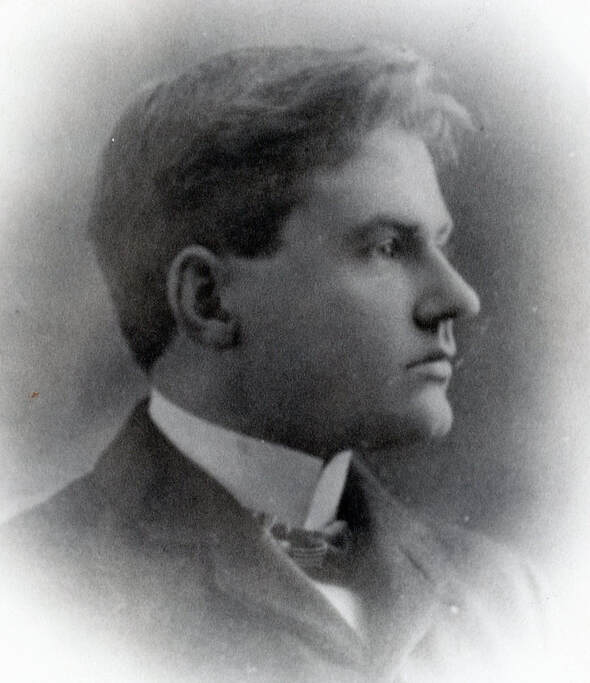
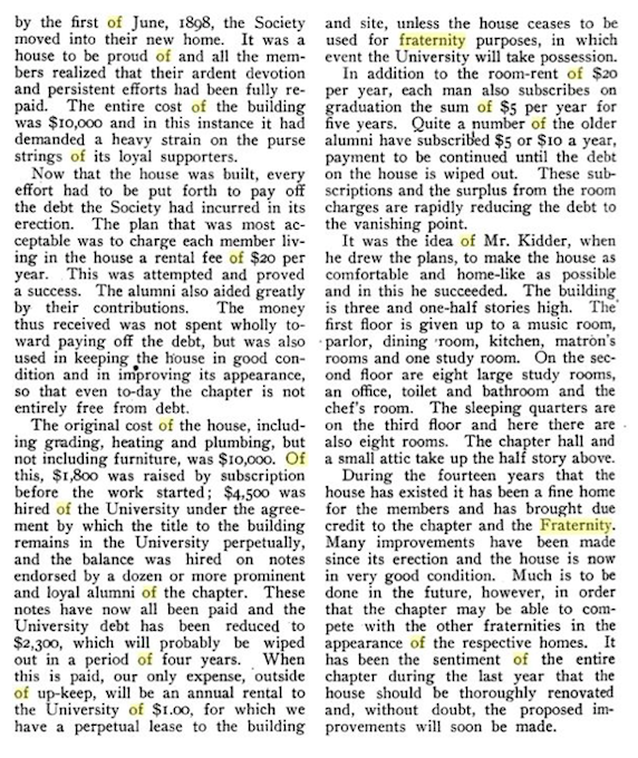
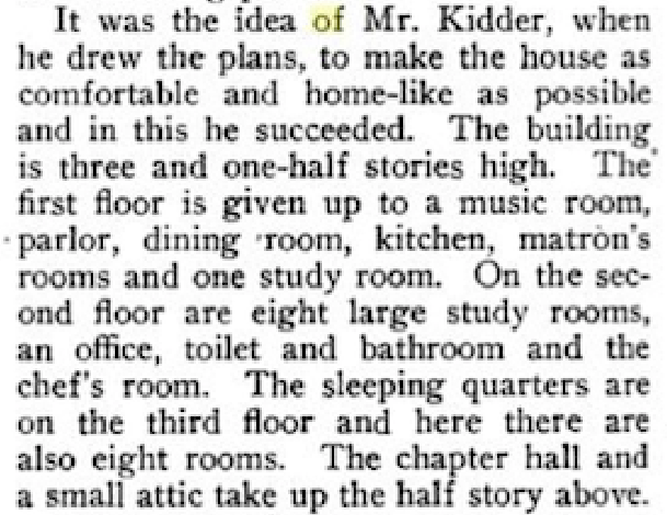
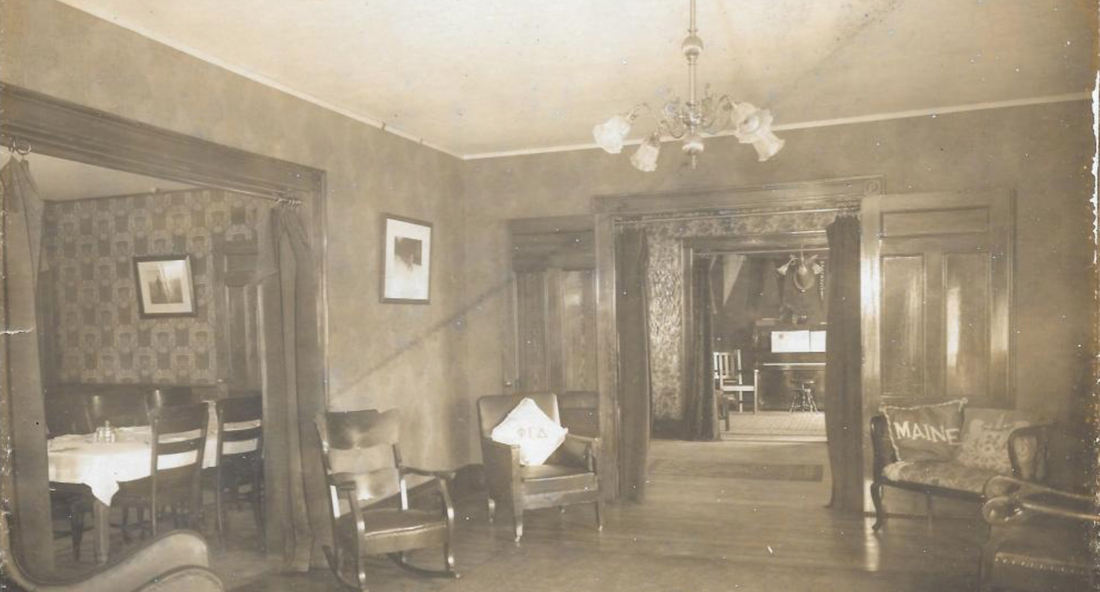
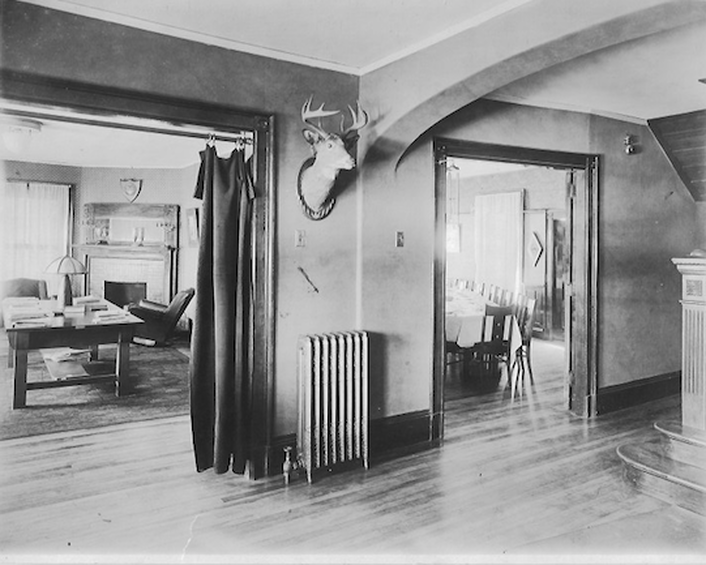
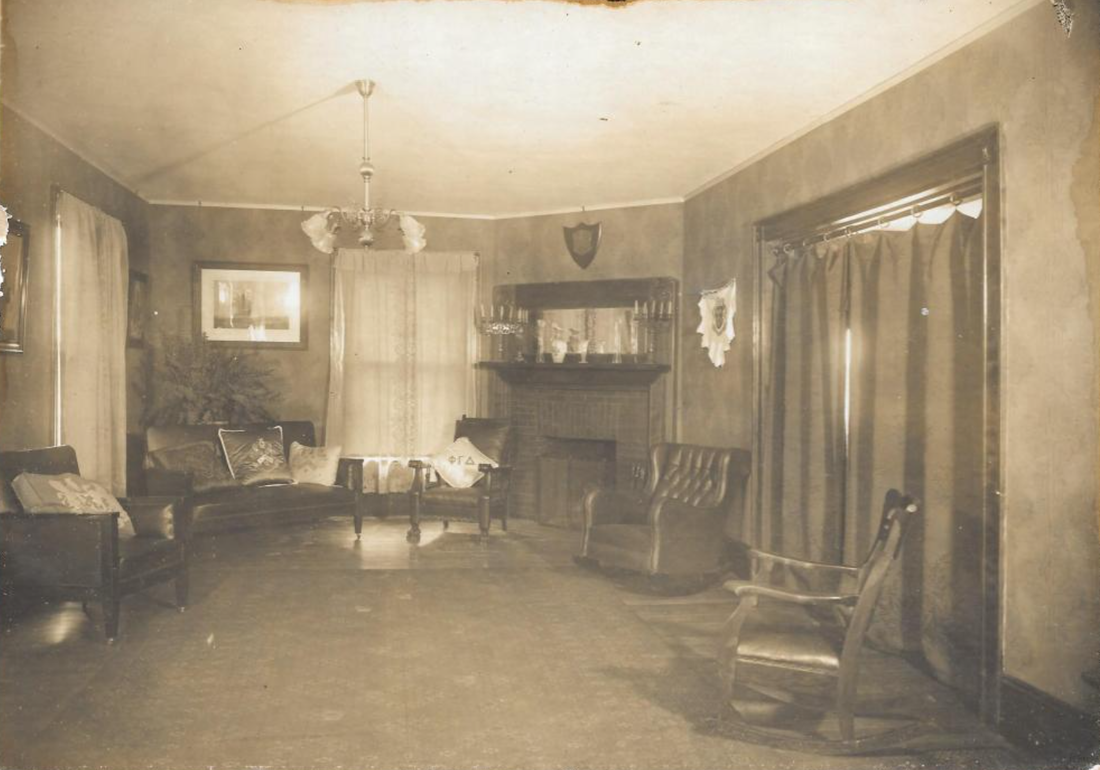
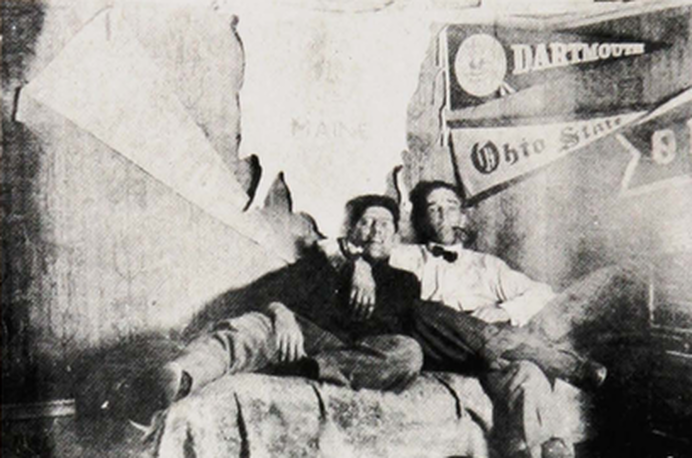
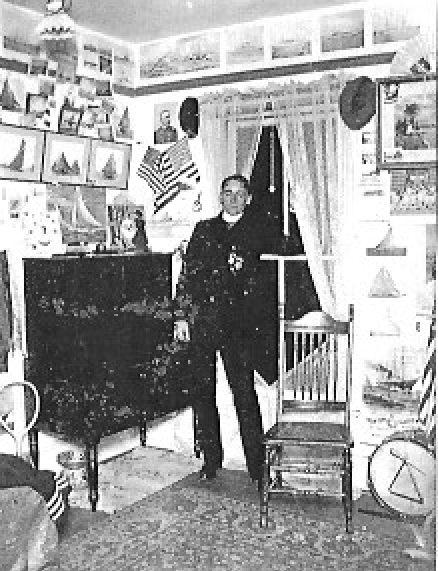
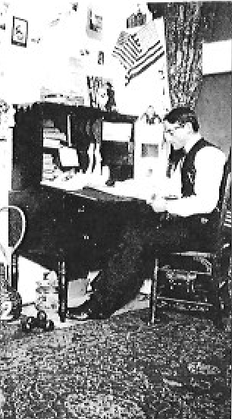
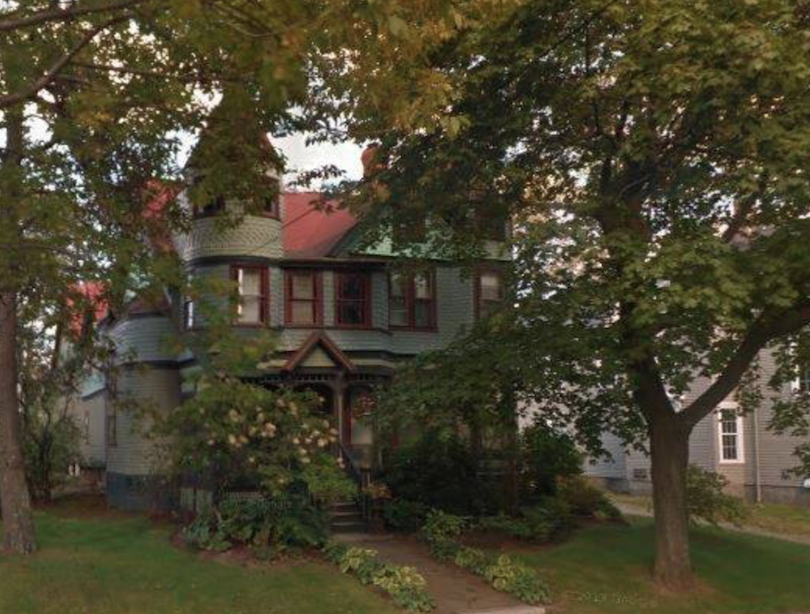
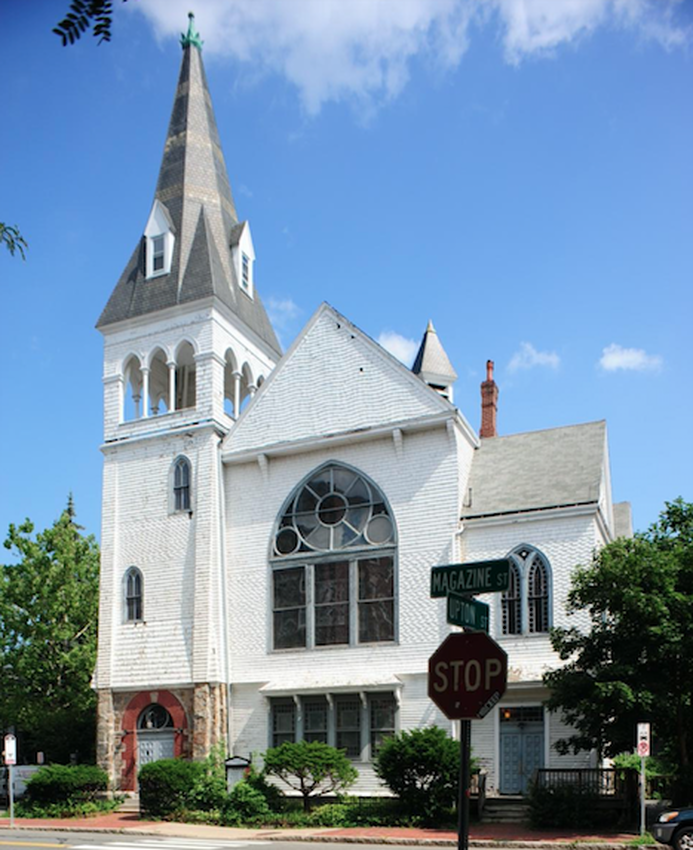


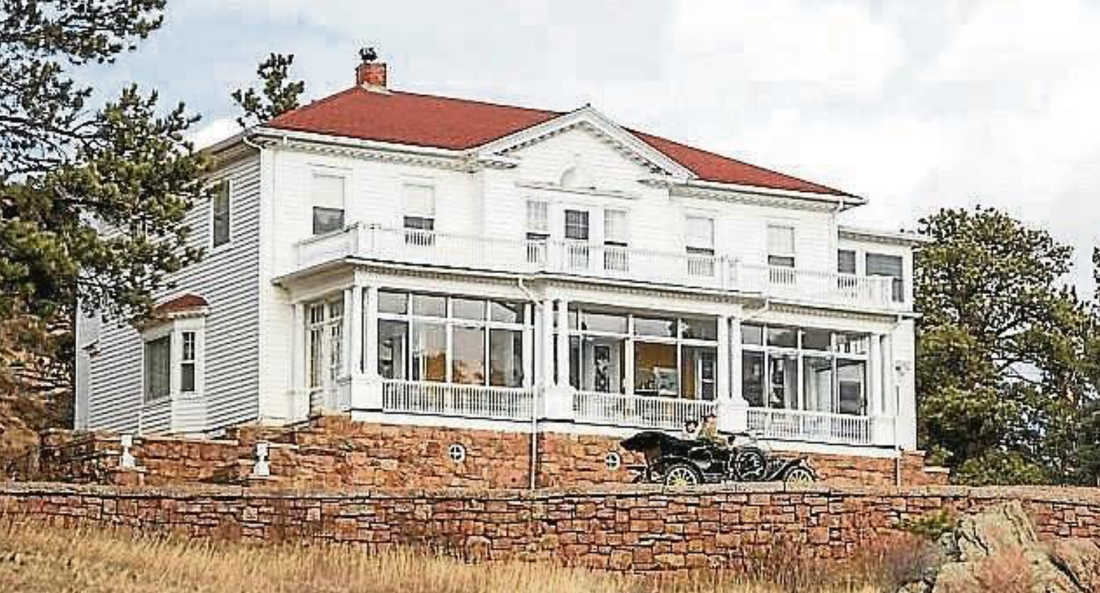
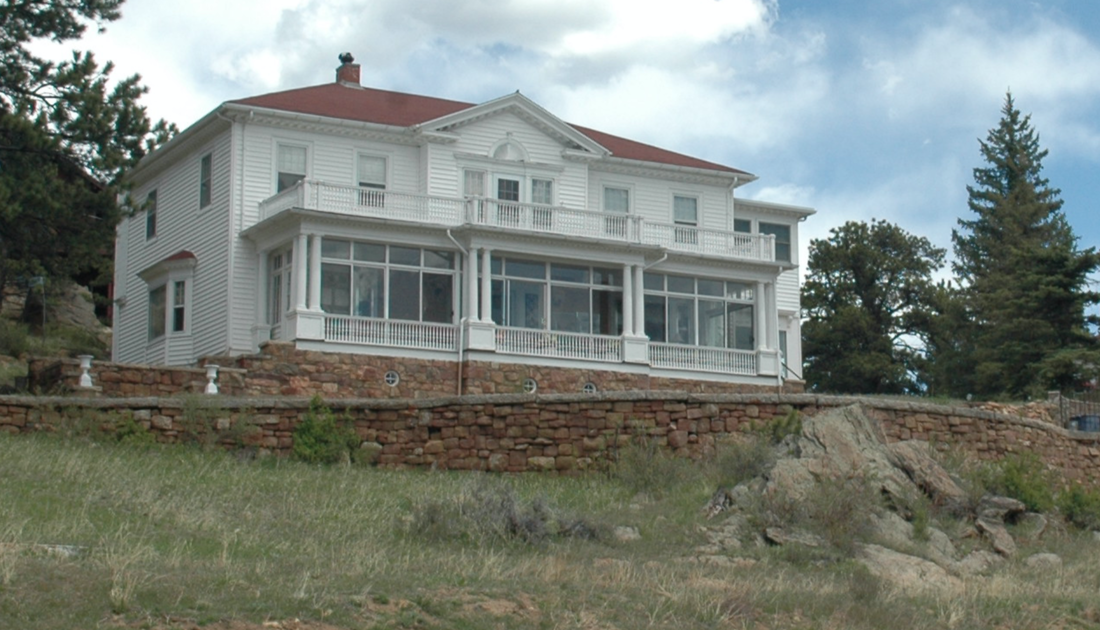
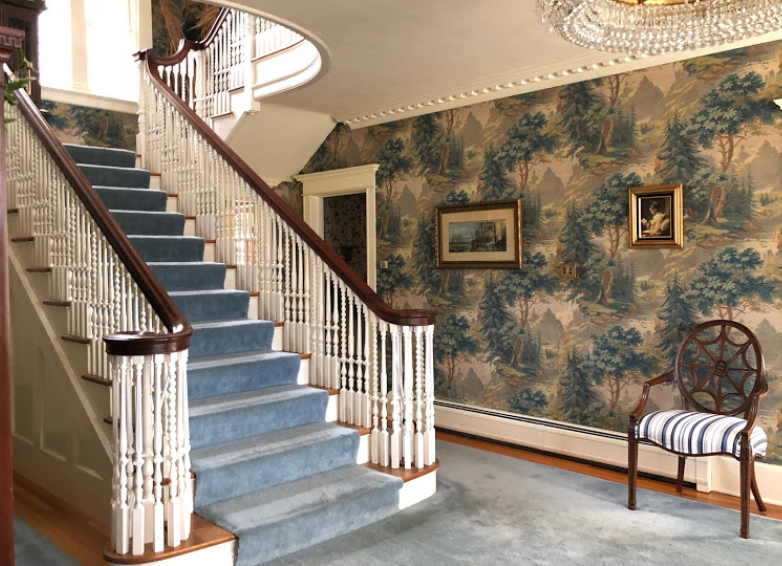
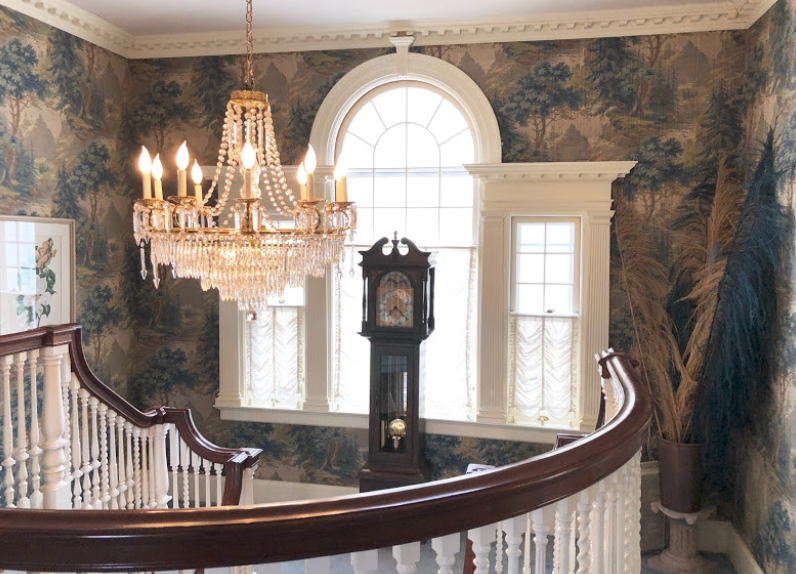
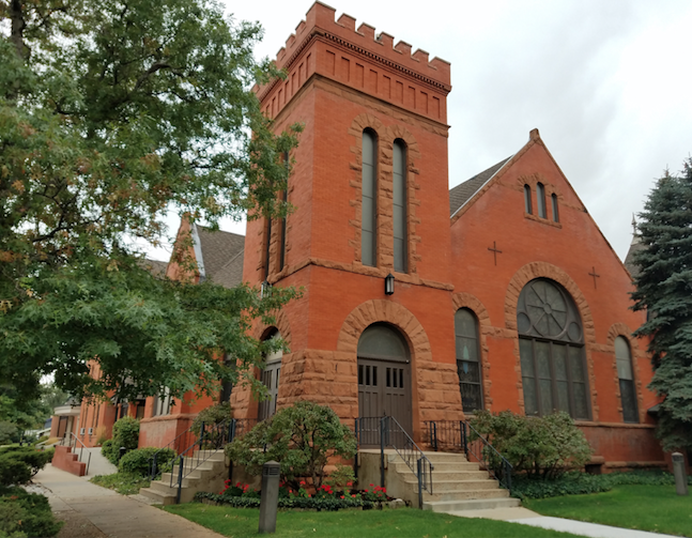

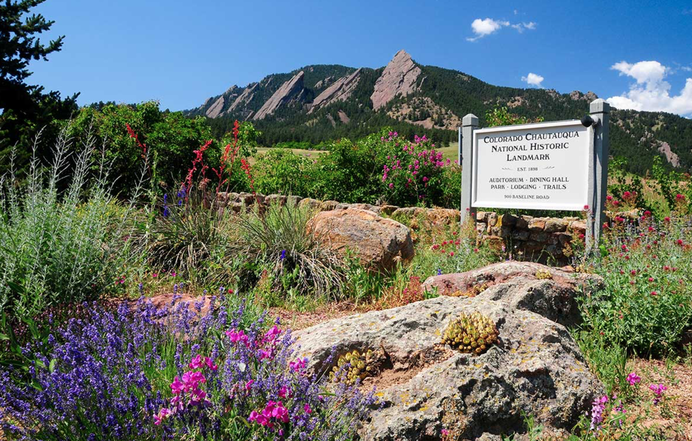
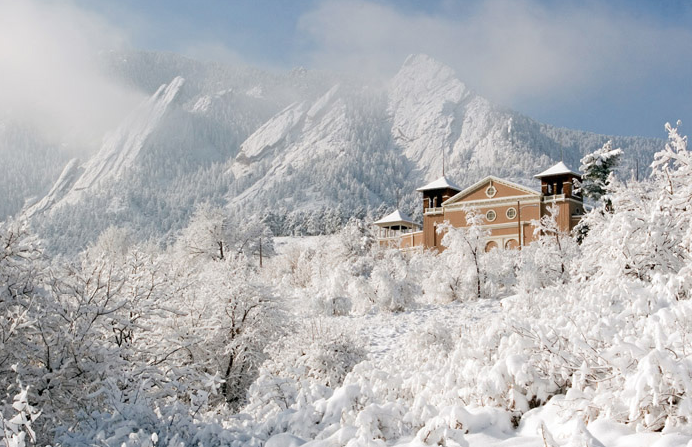
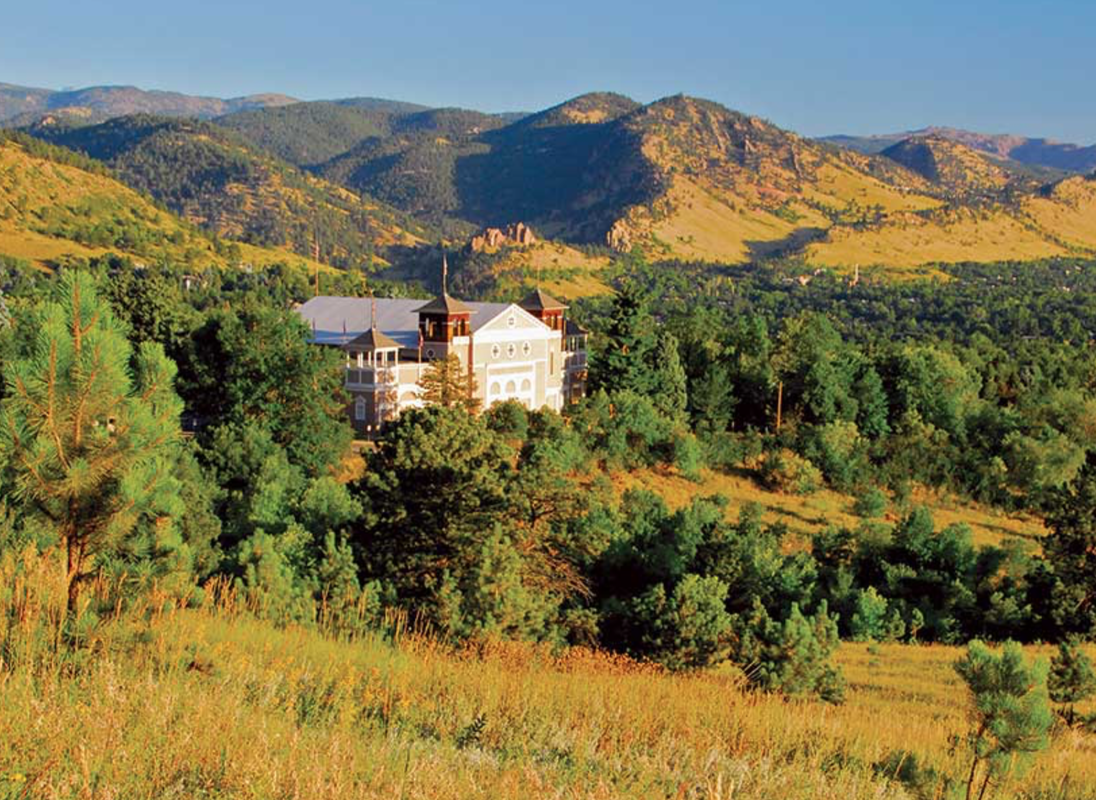
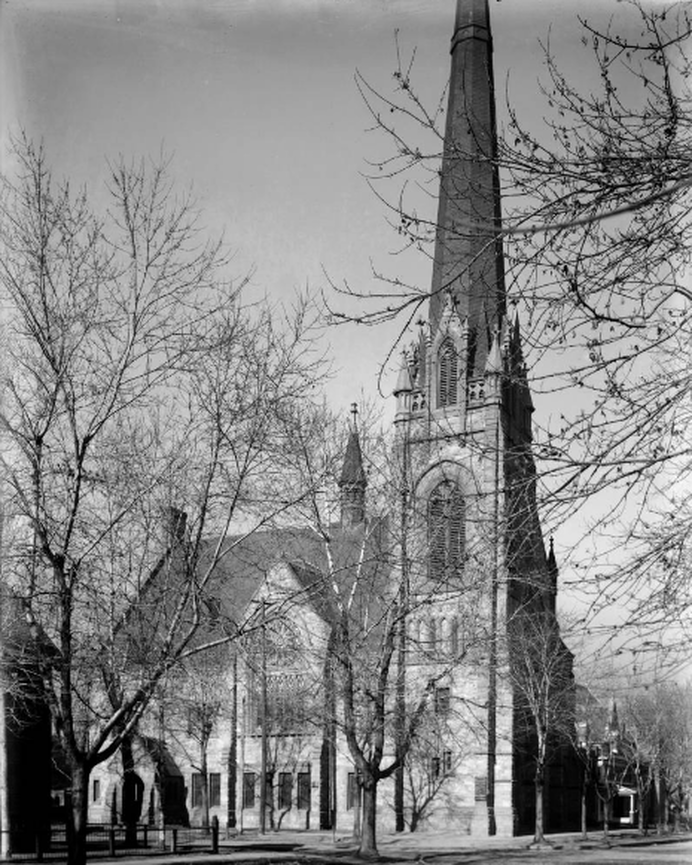

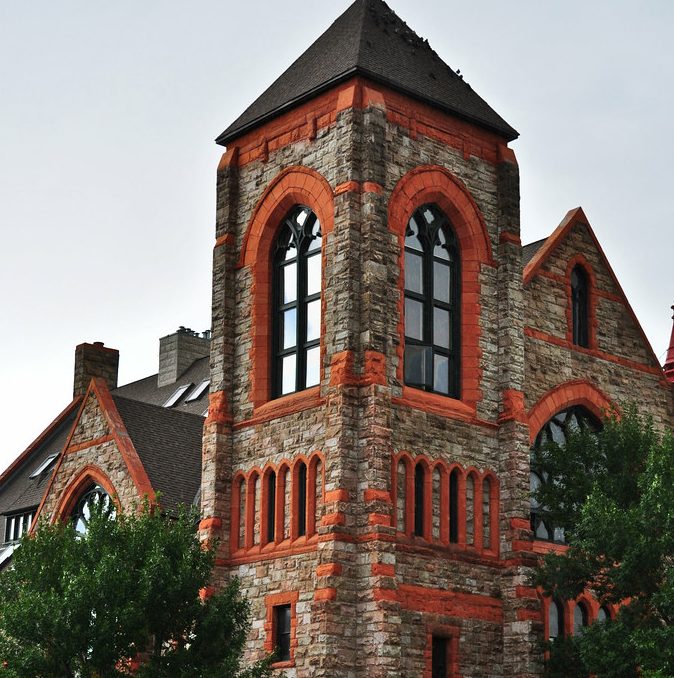
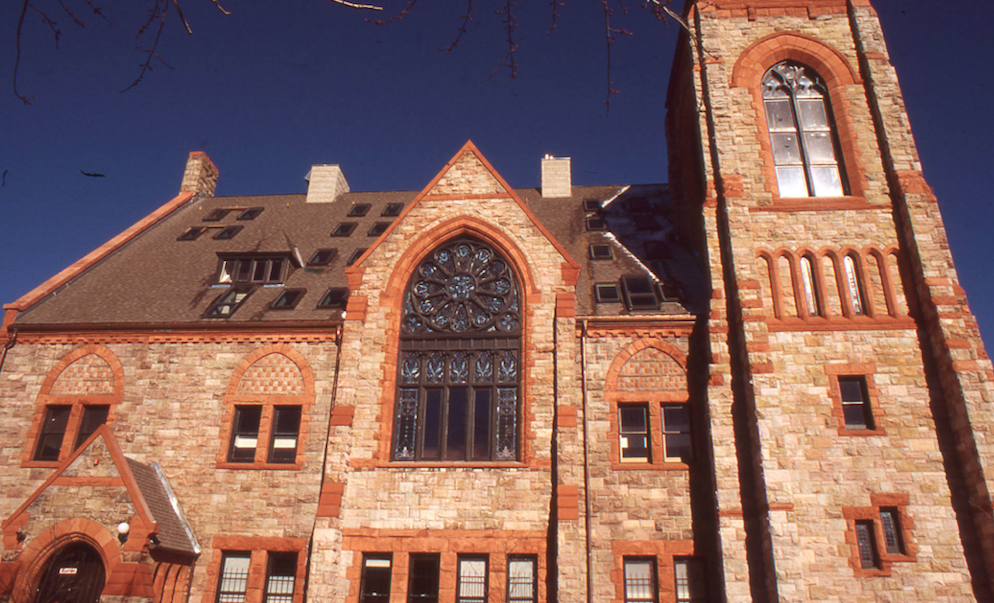
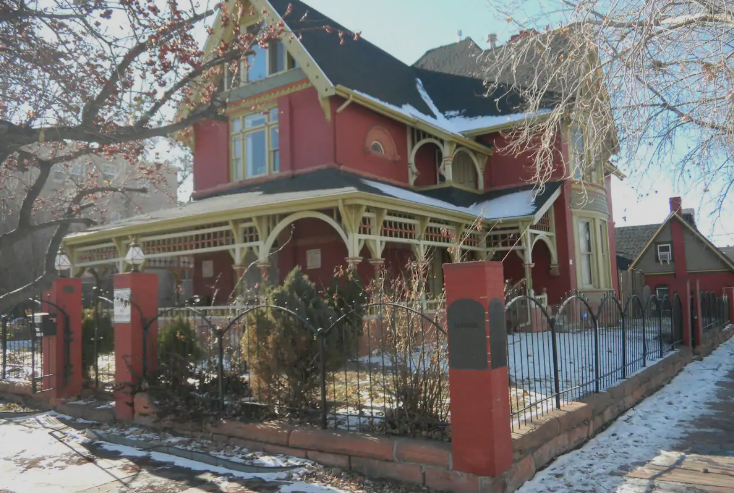
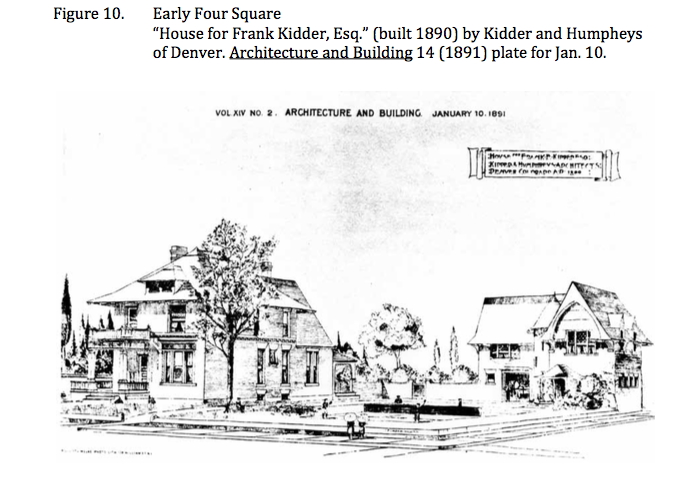


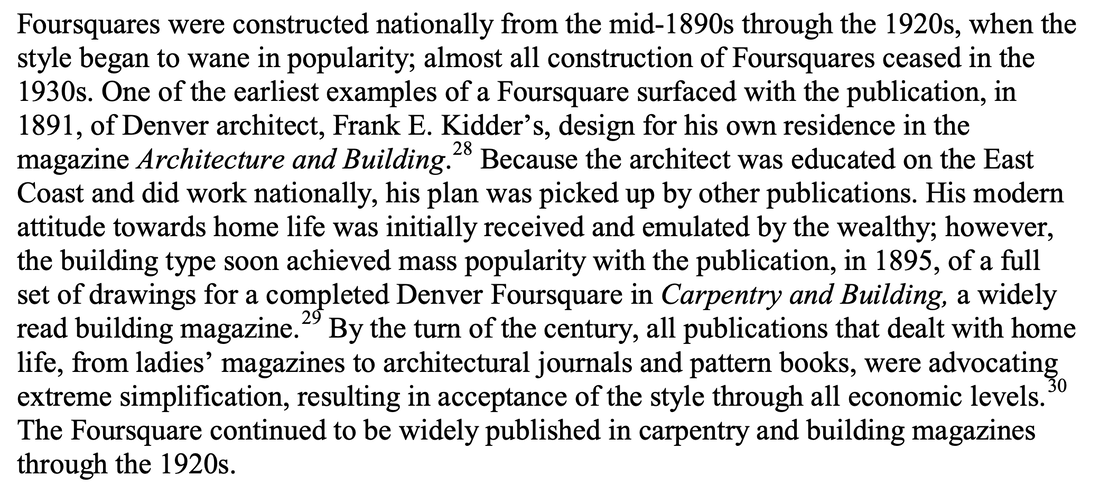

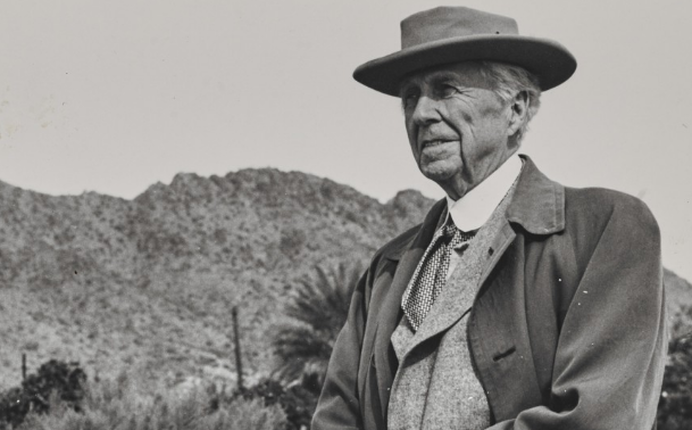


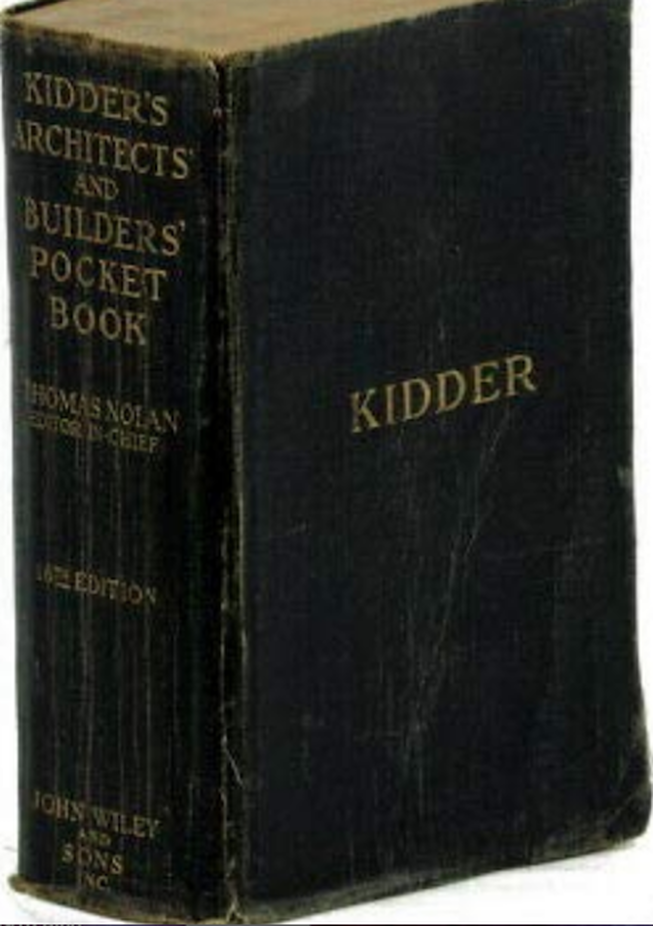

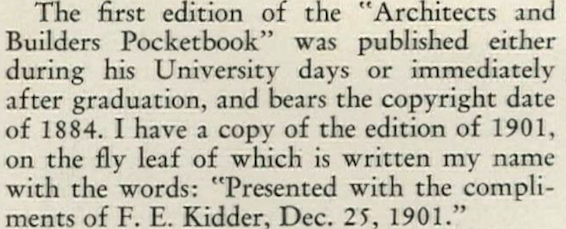
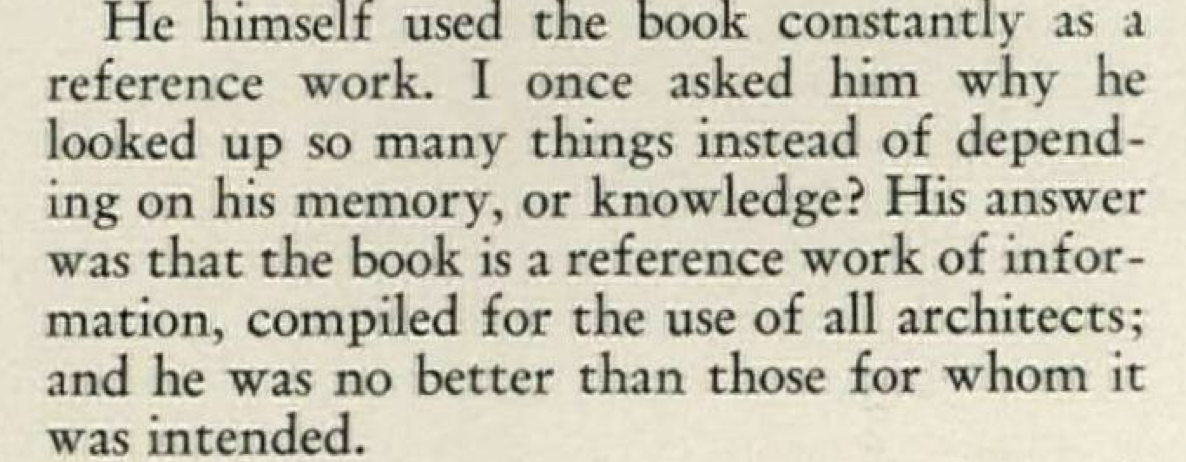
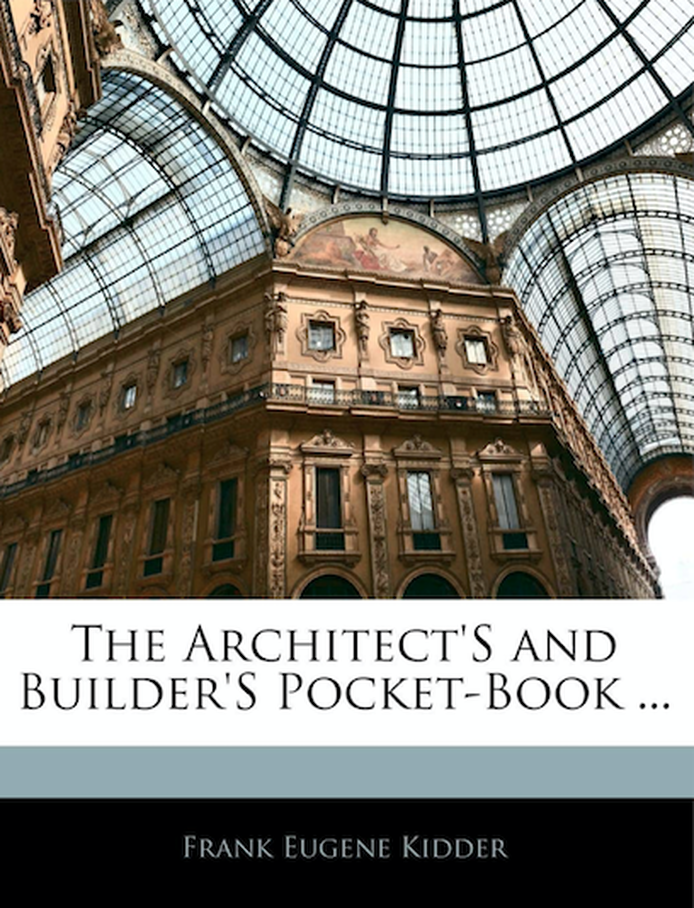
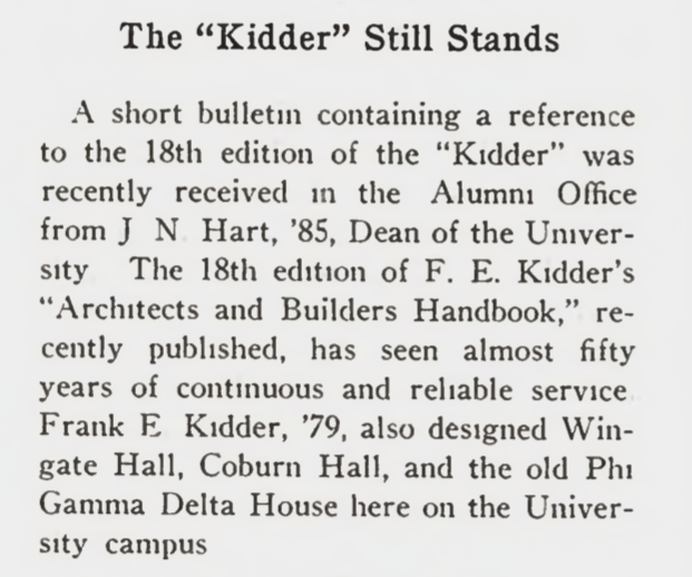
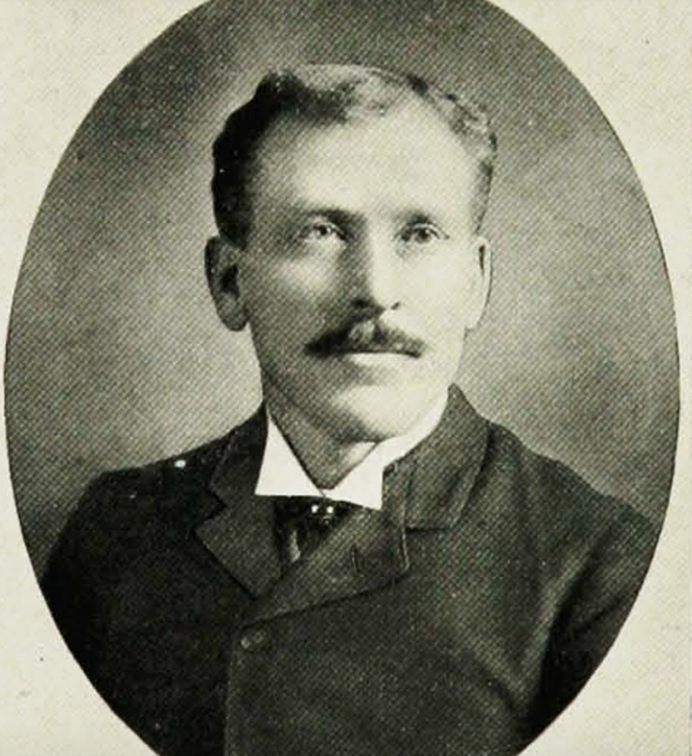

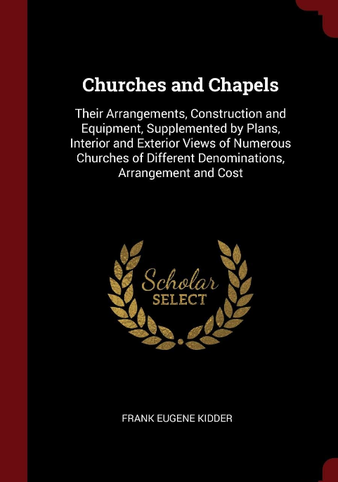
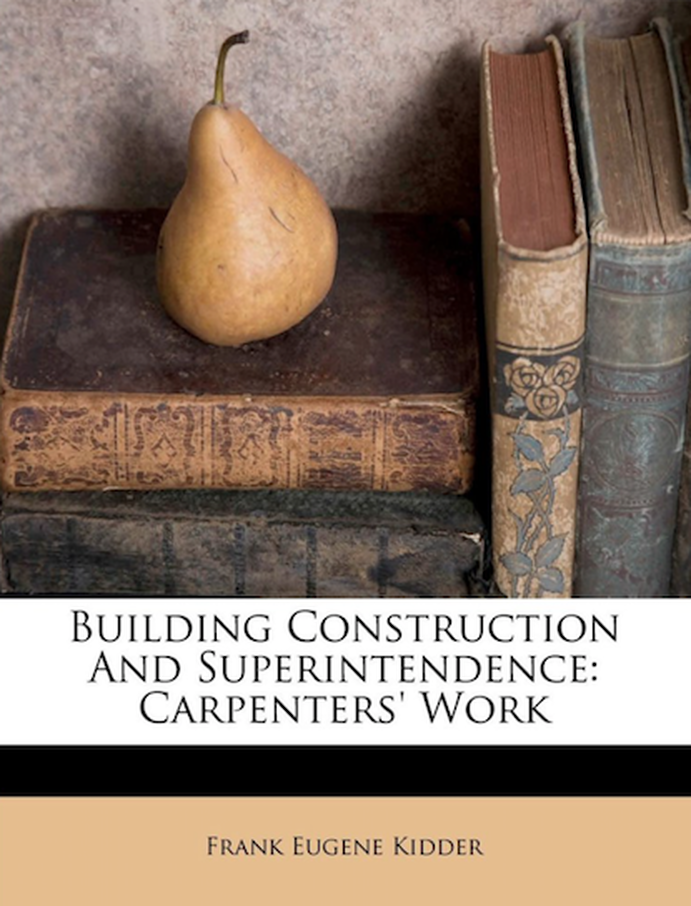
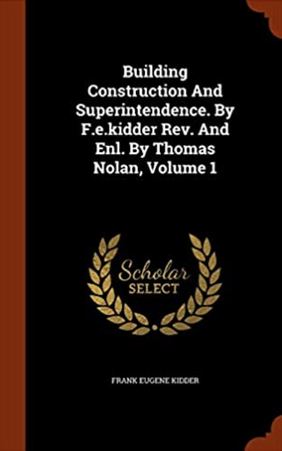
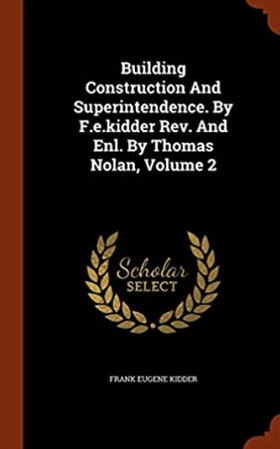
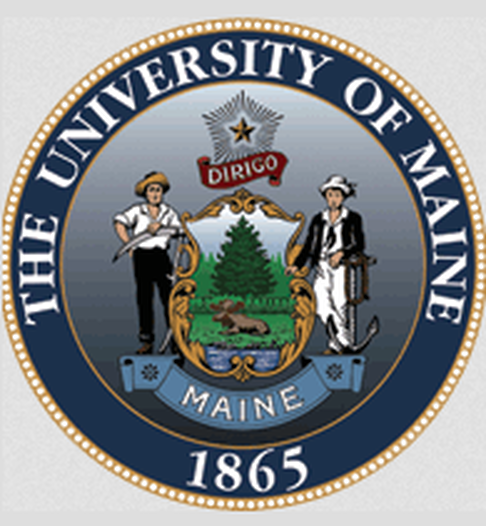

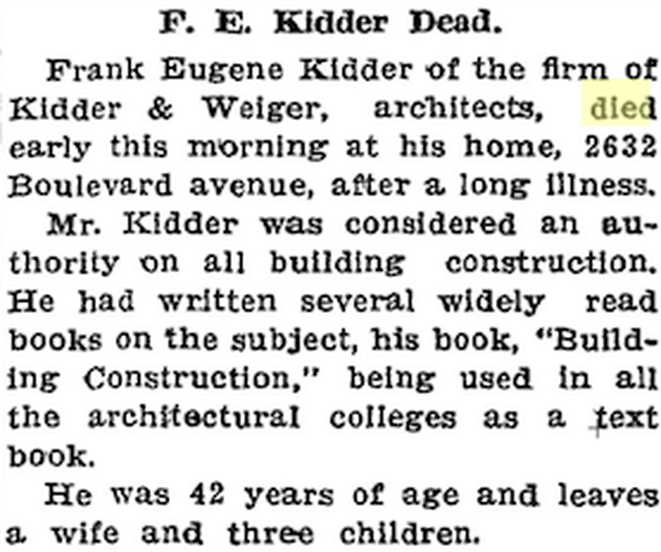
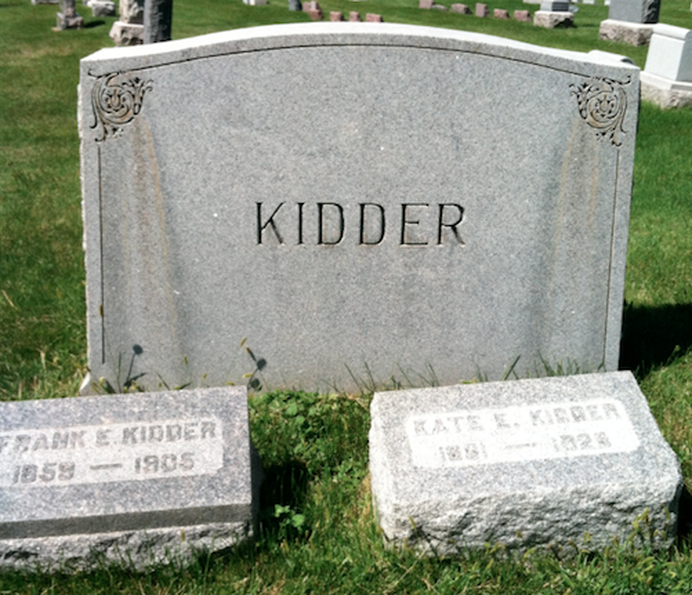
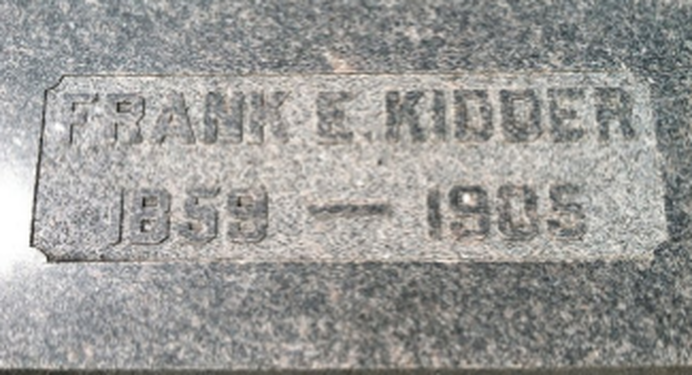
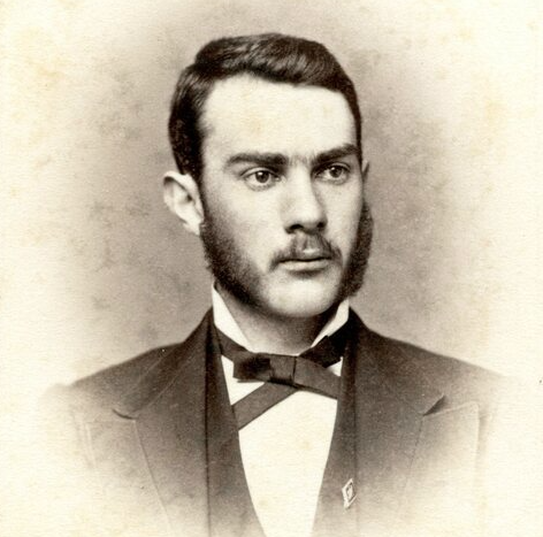

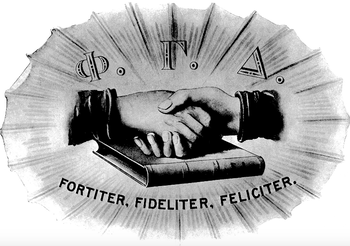


 RSS Feed
RSS Feed